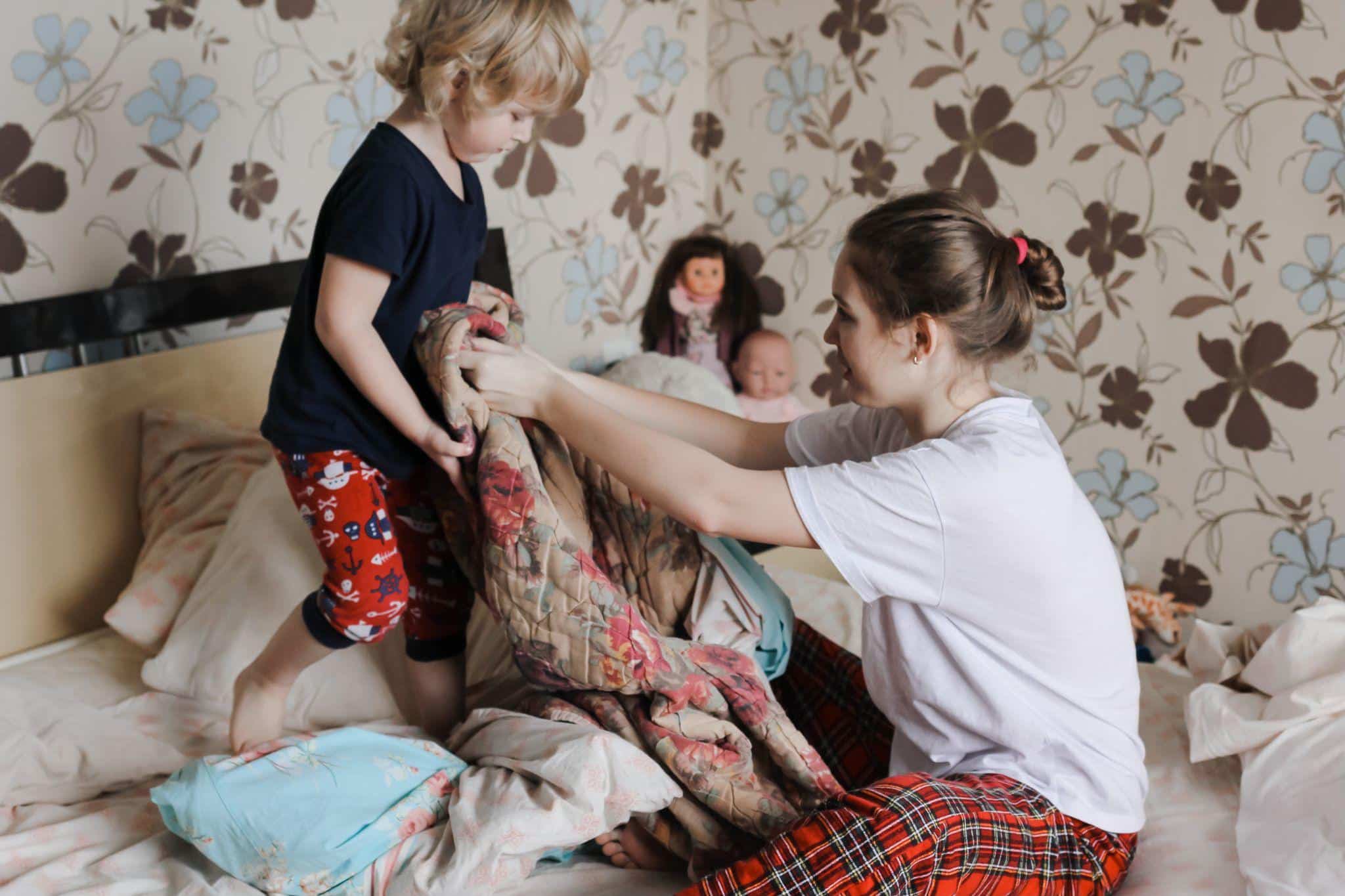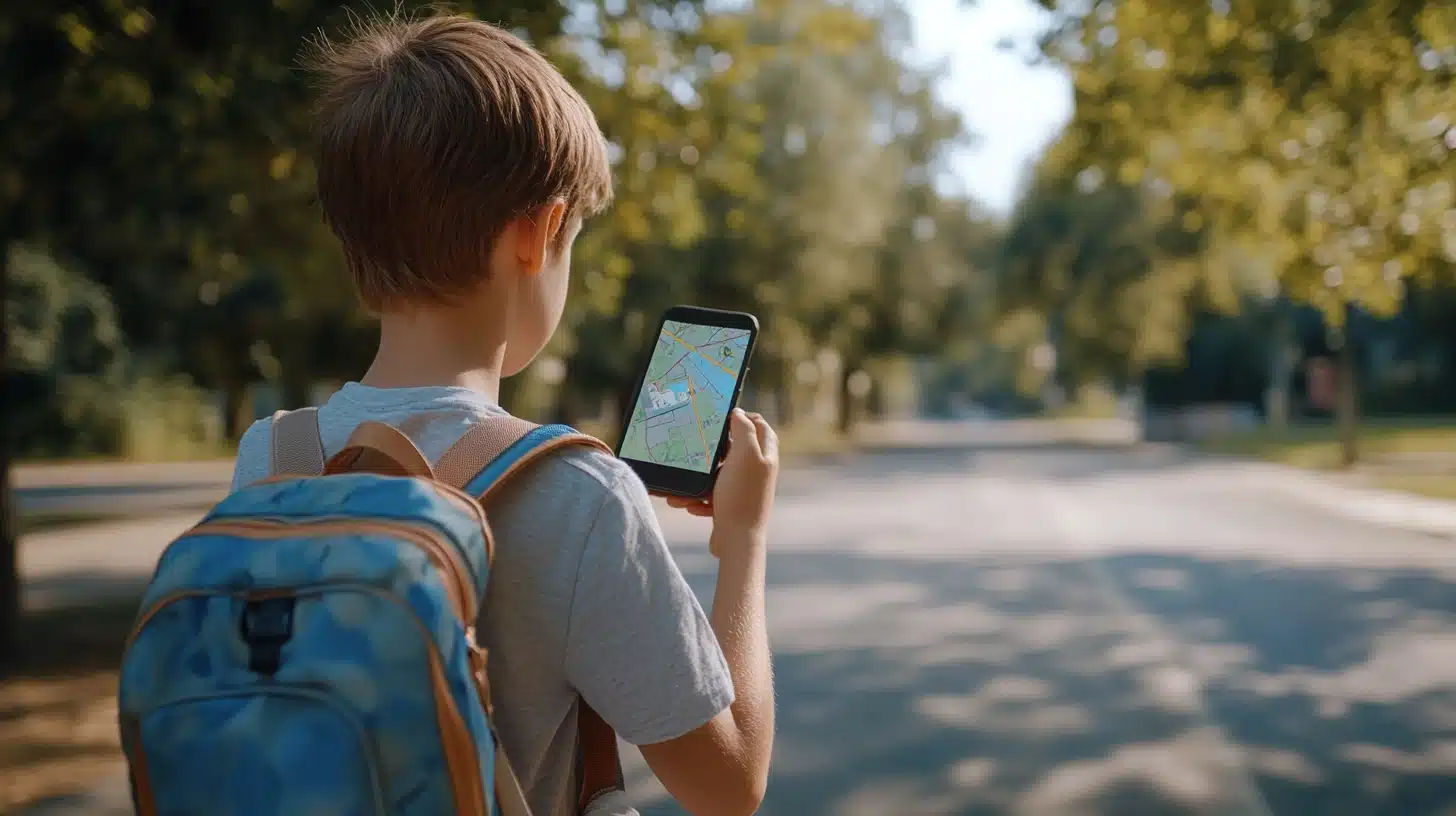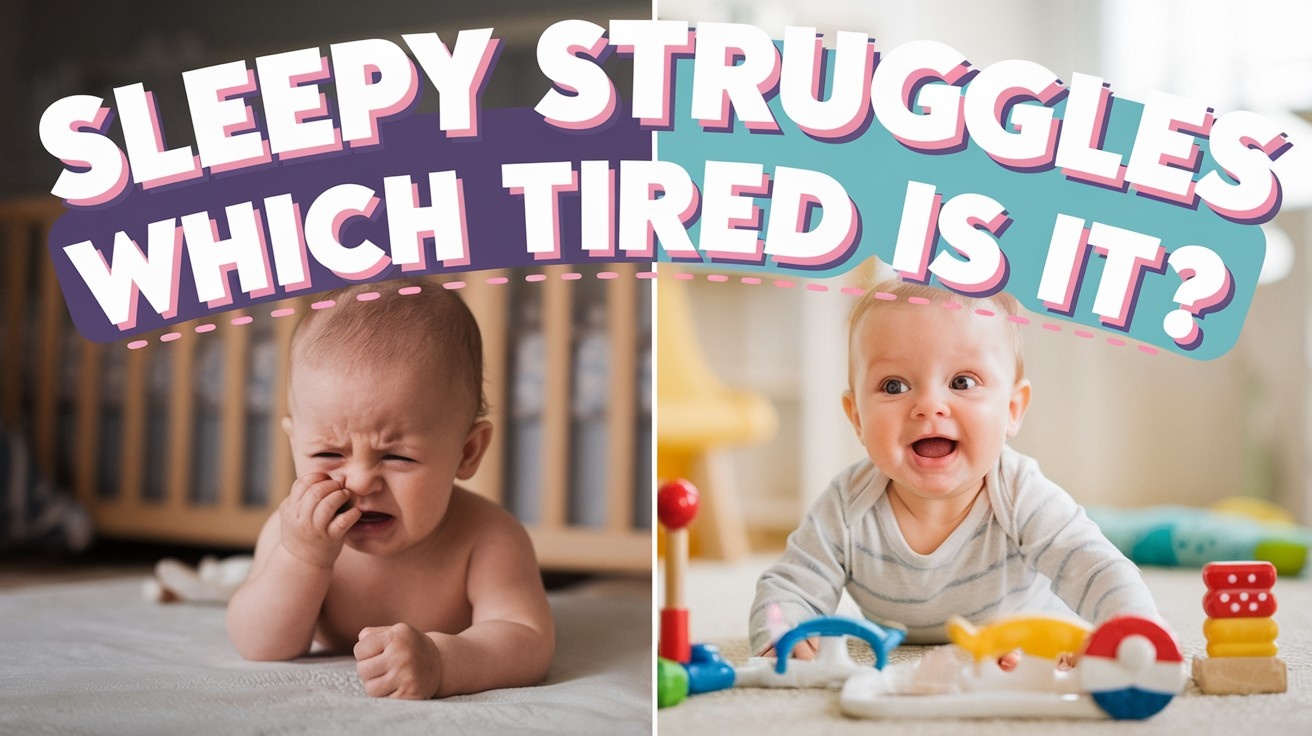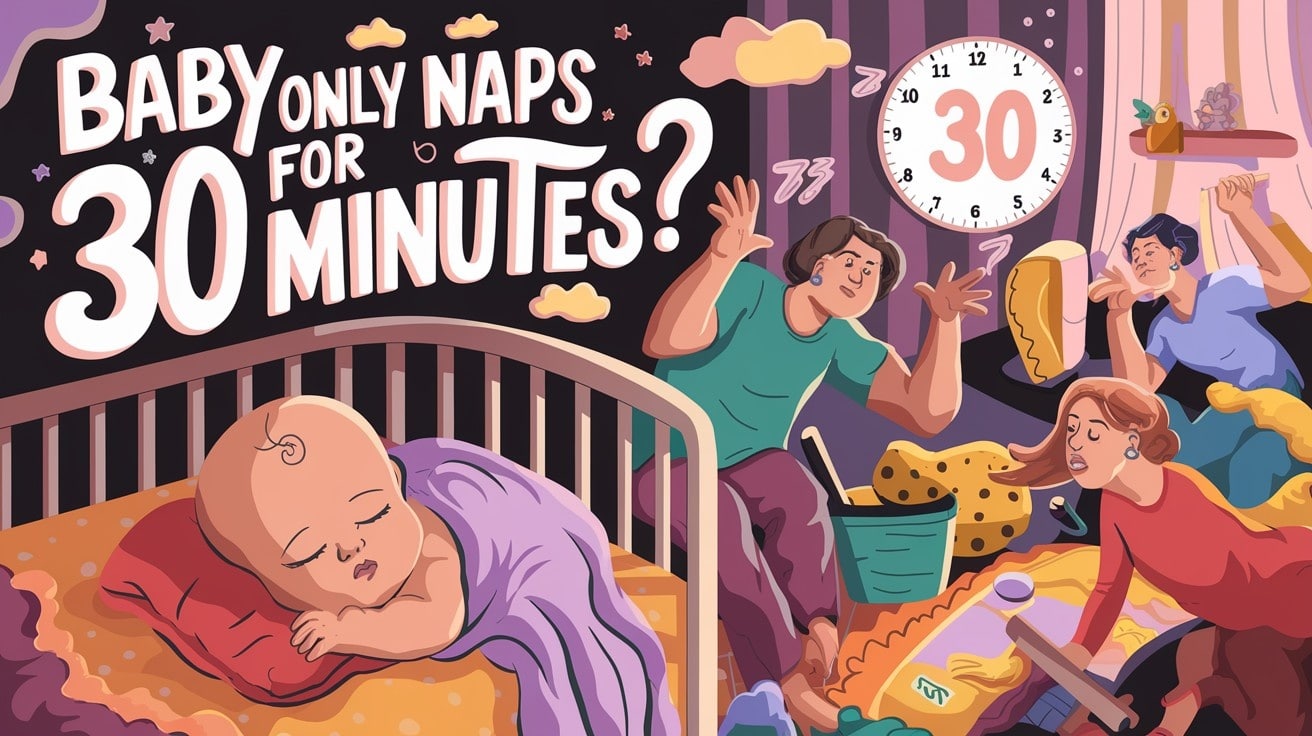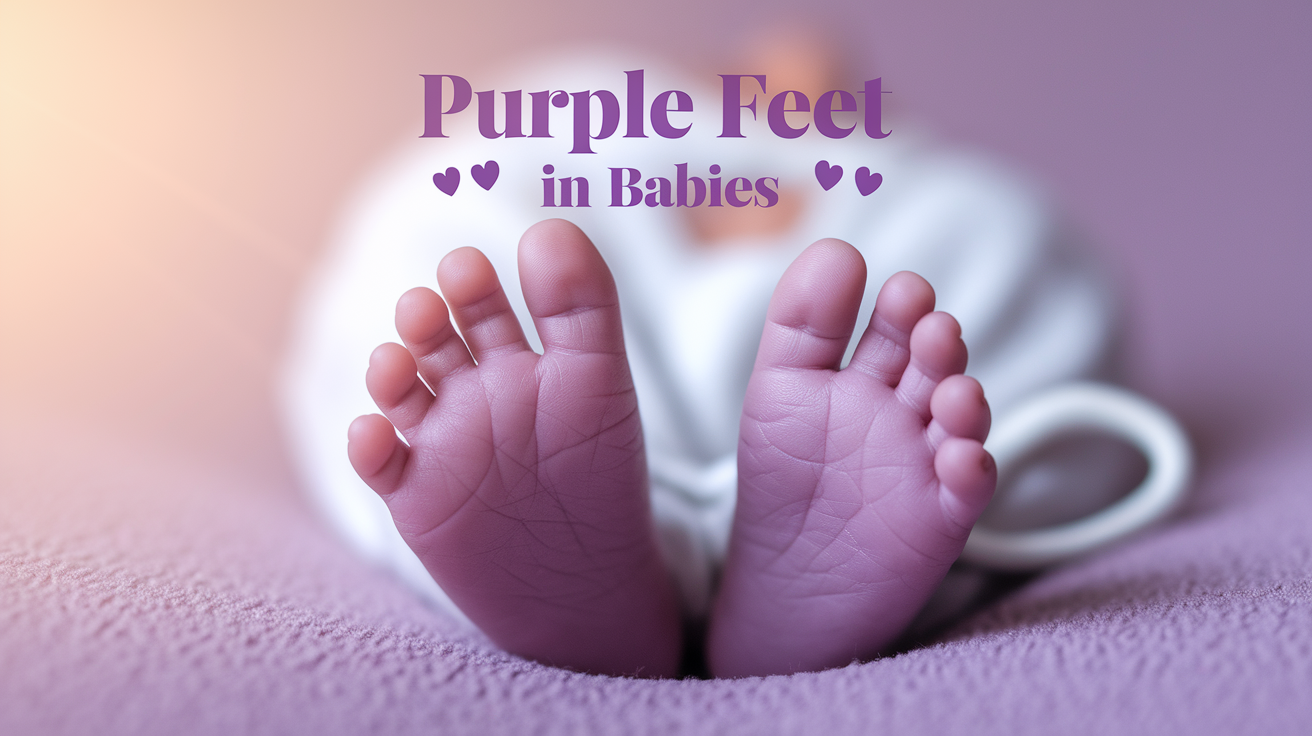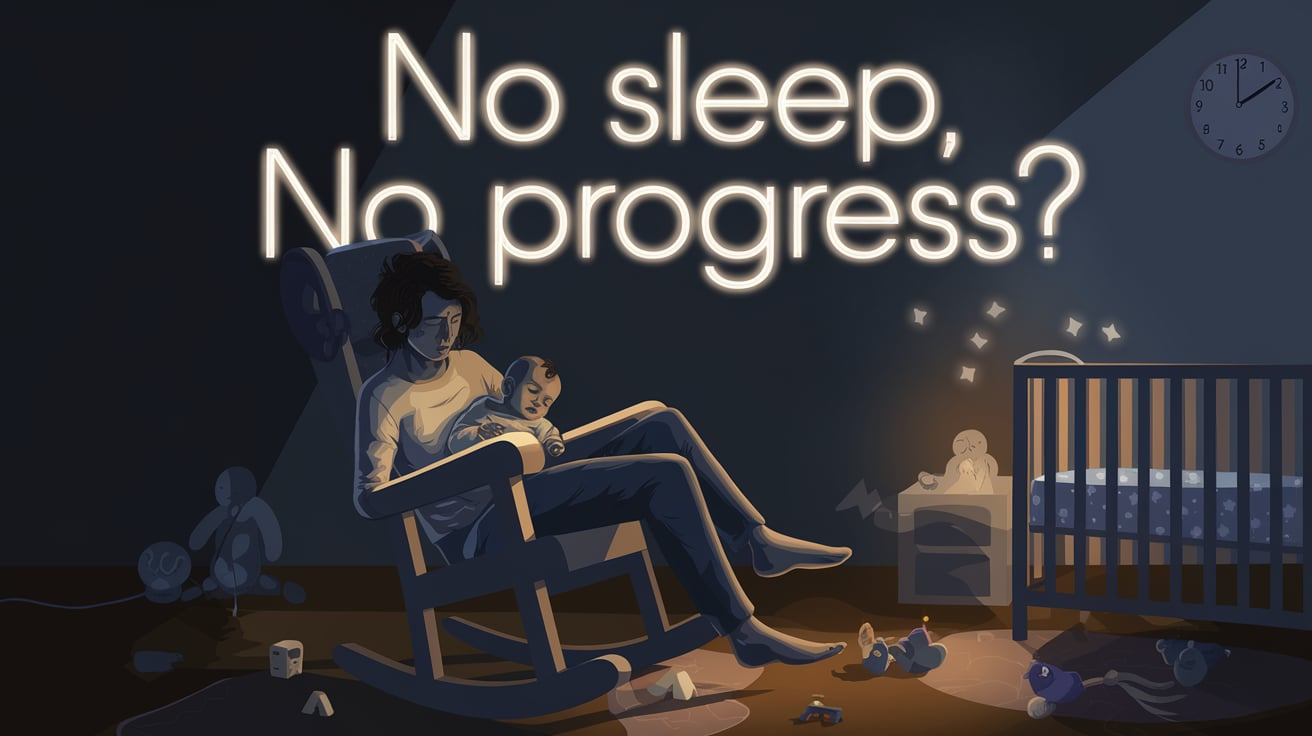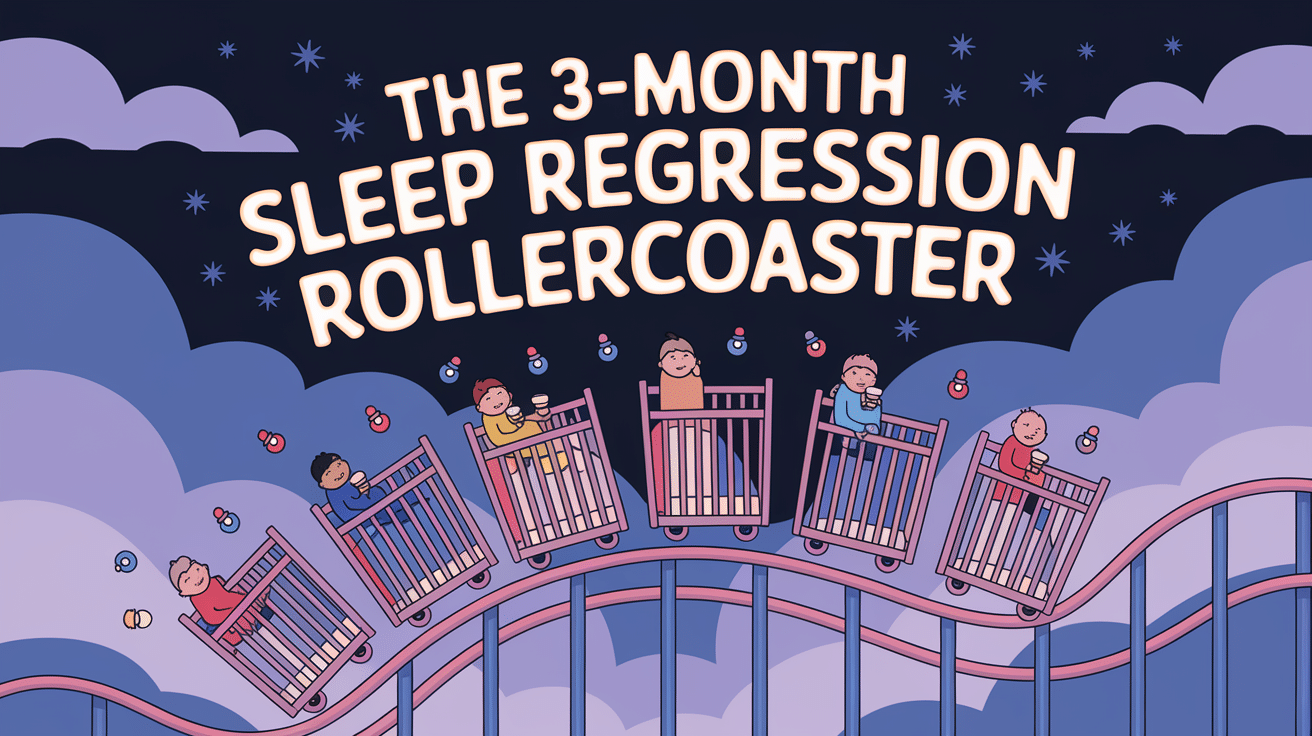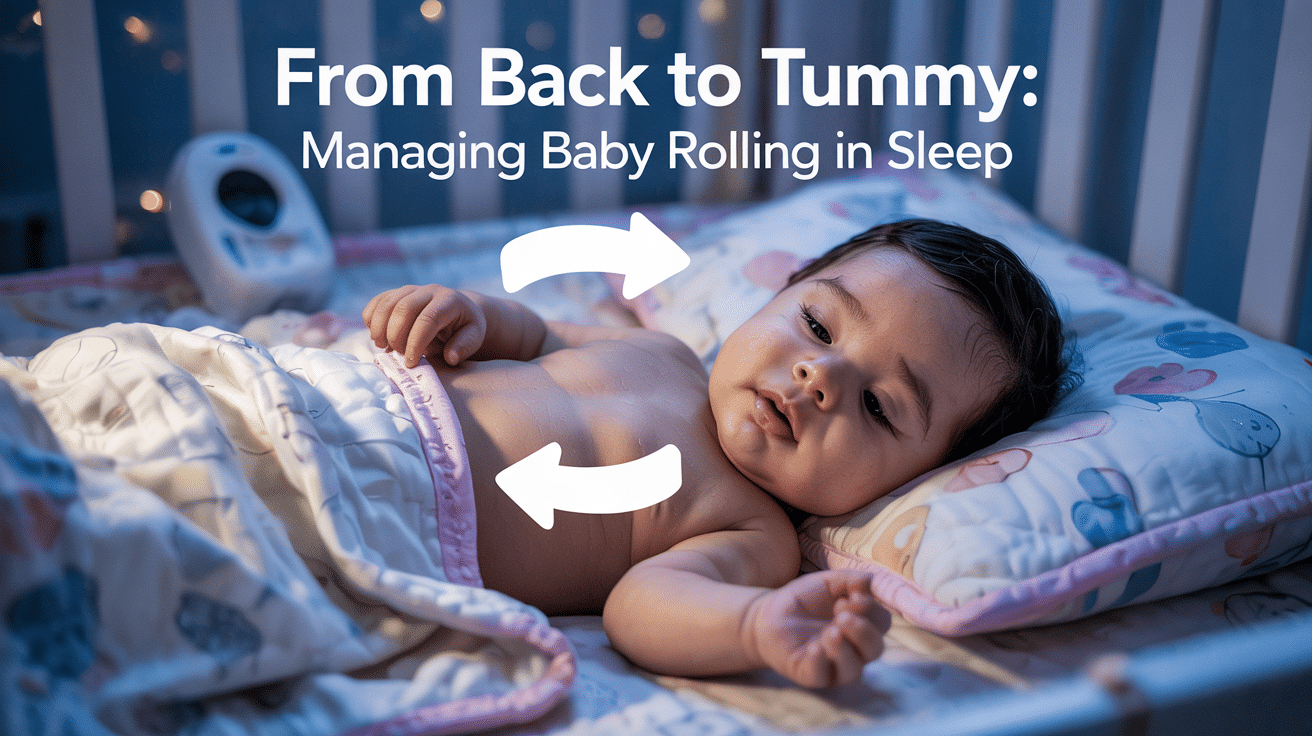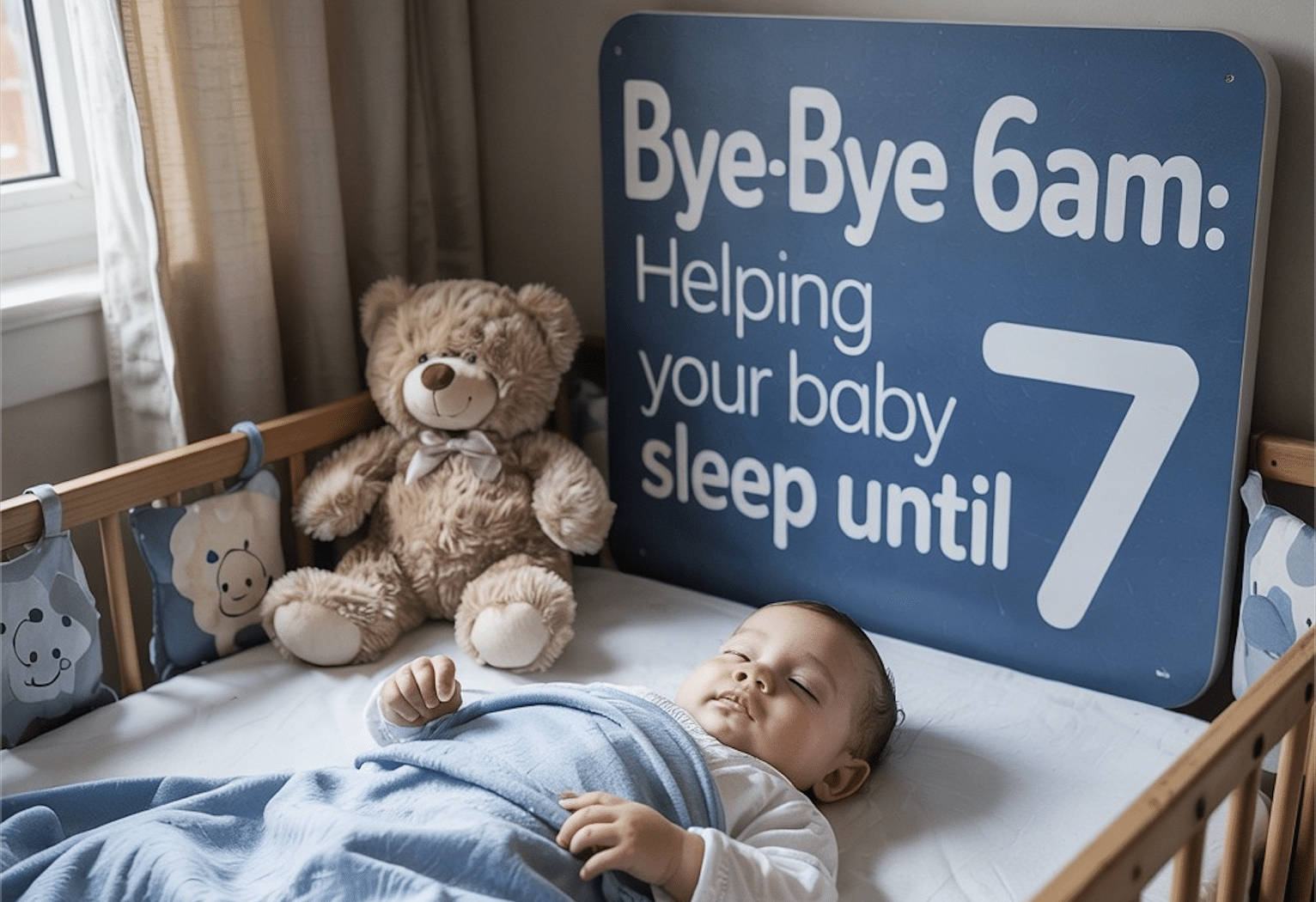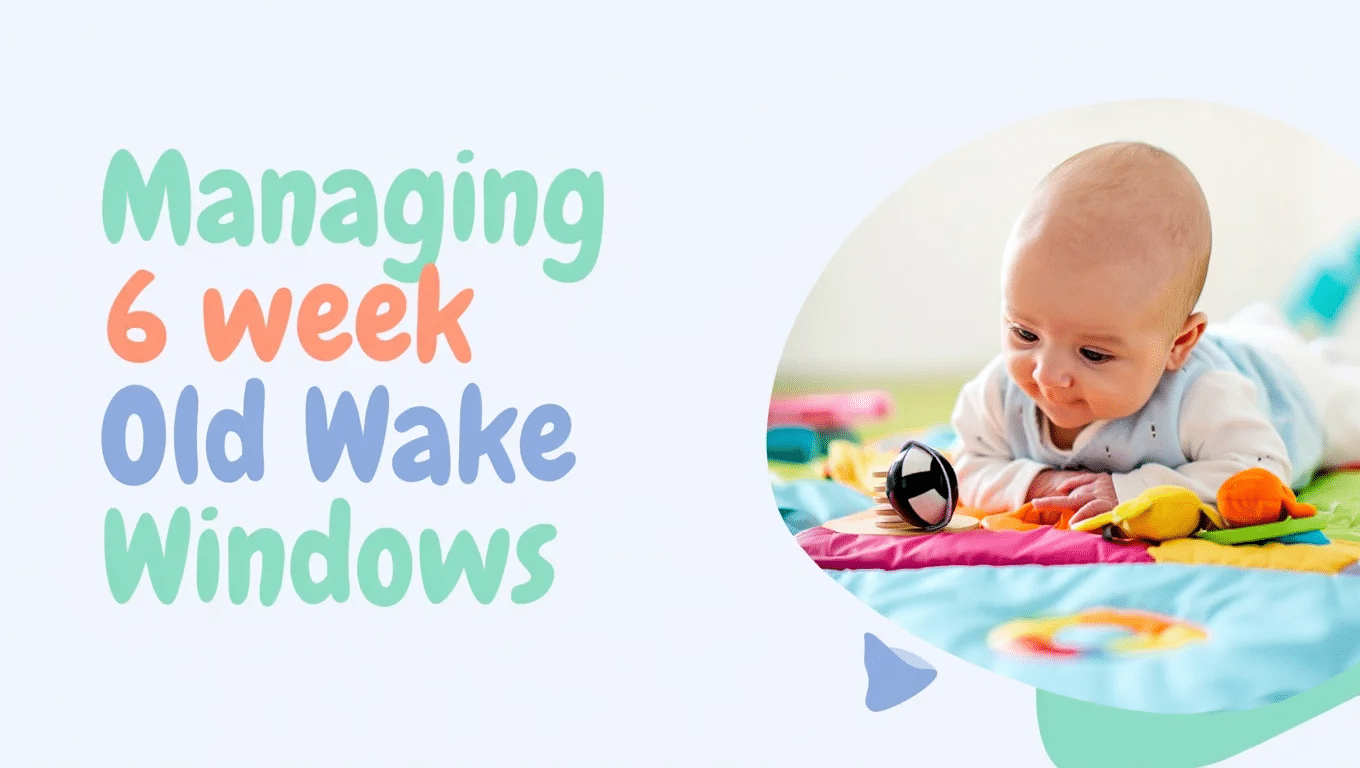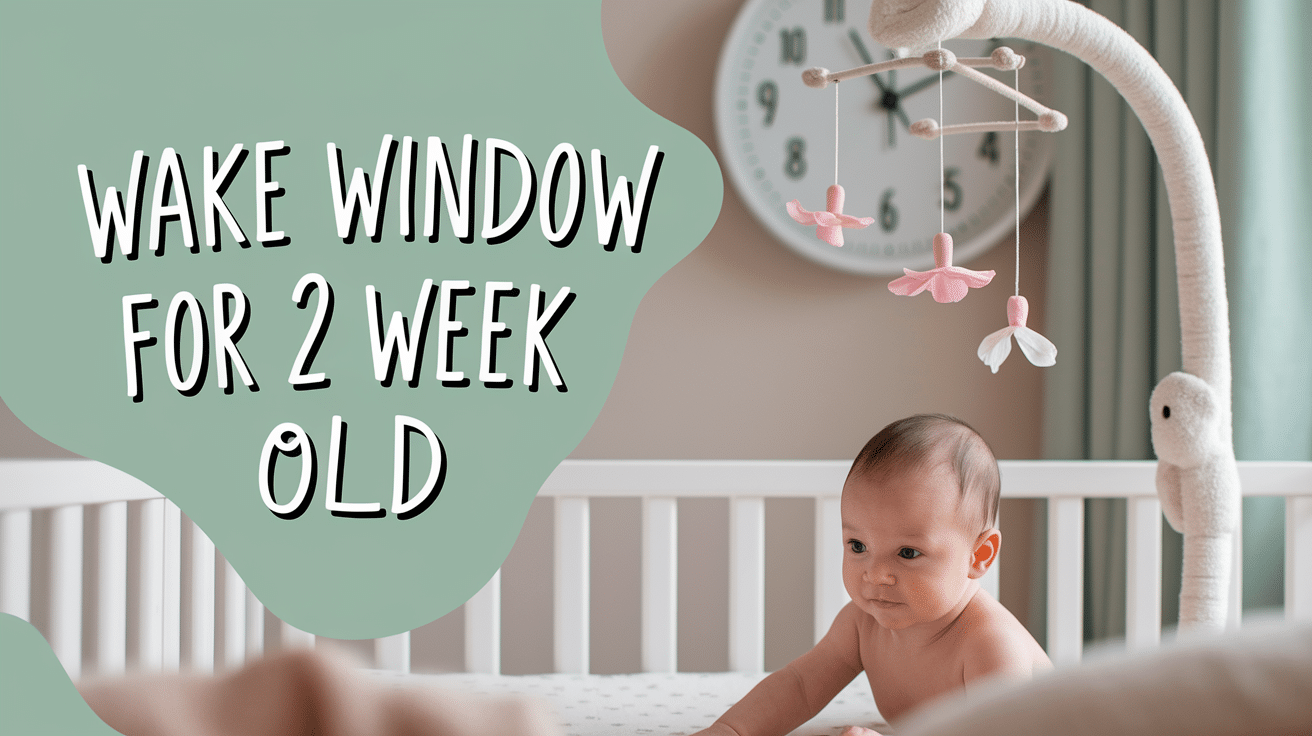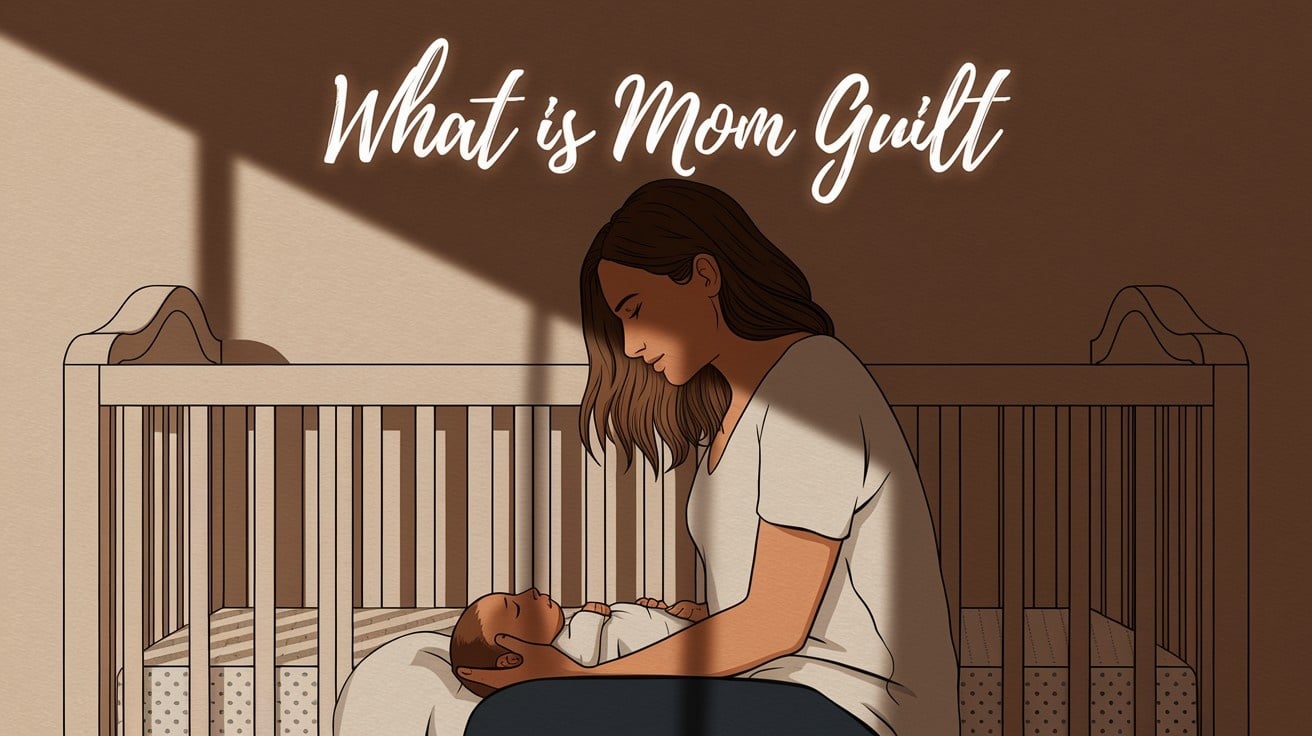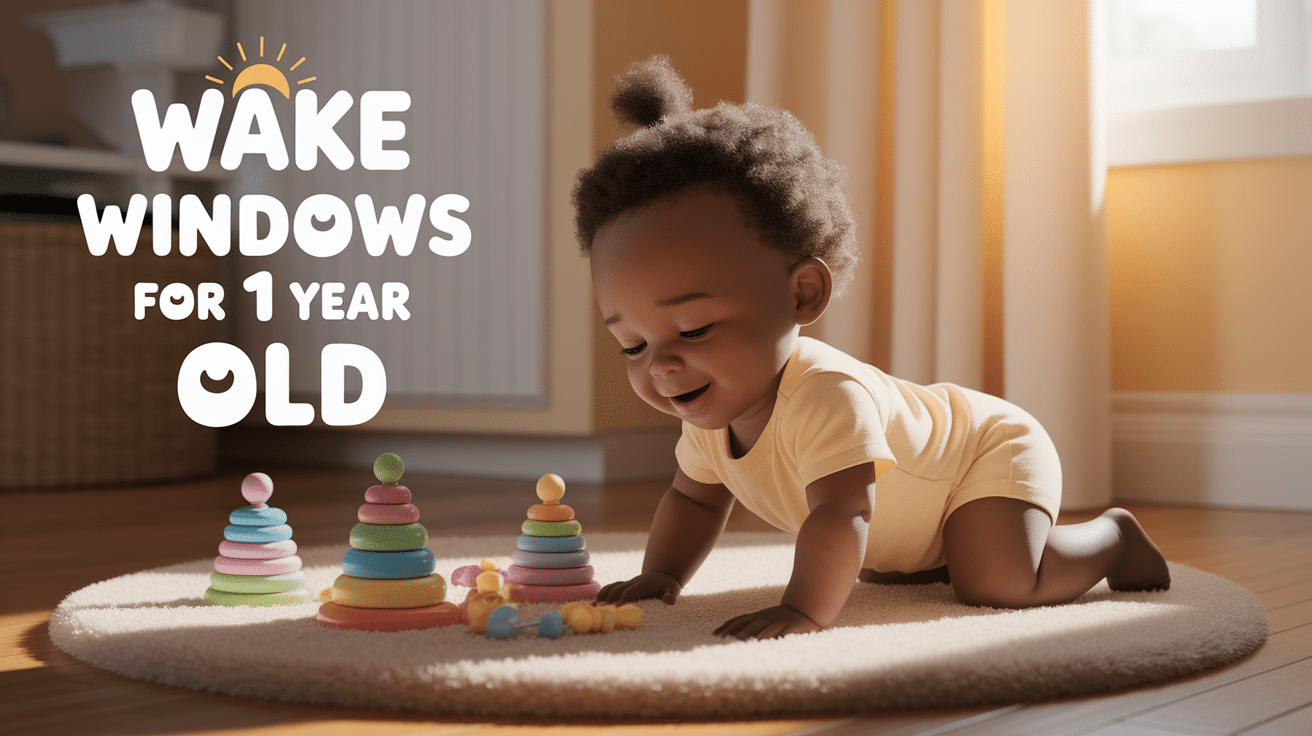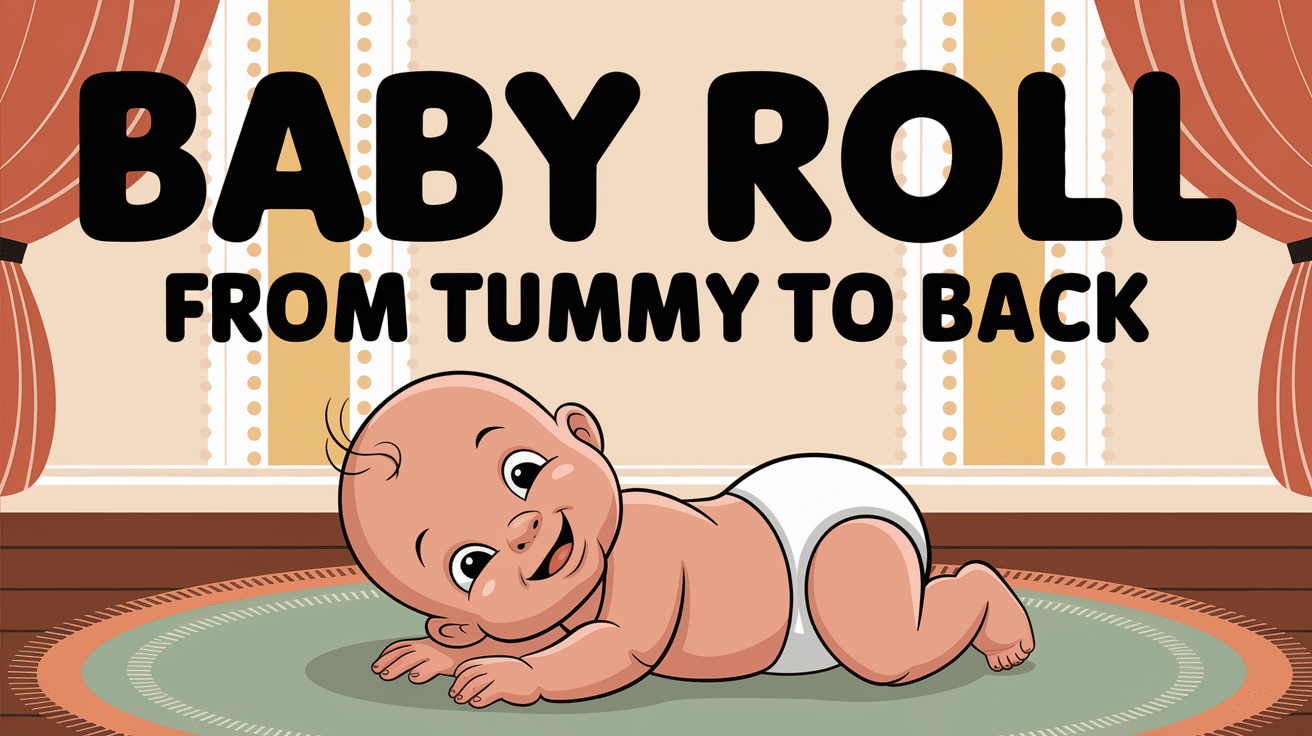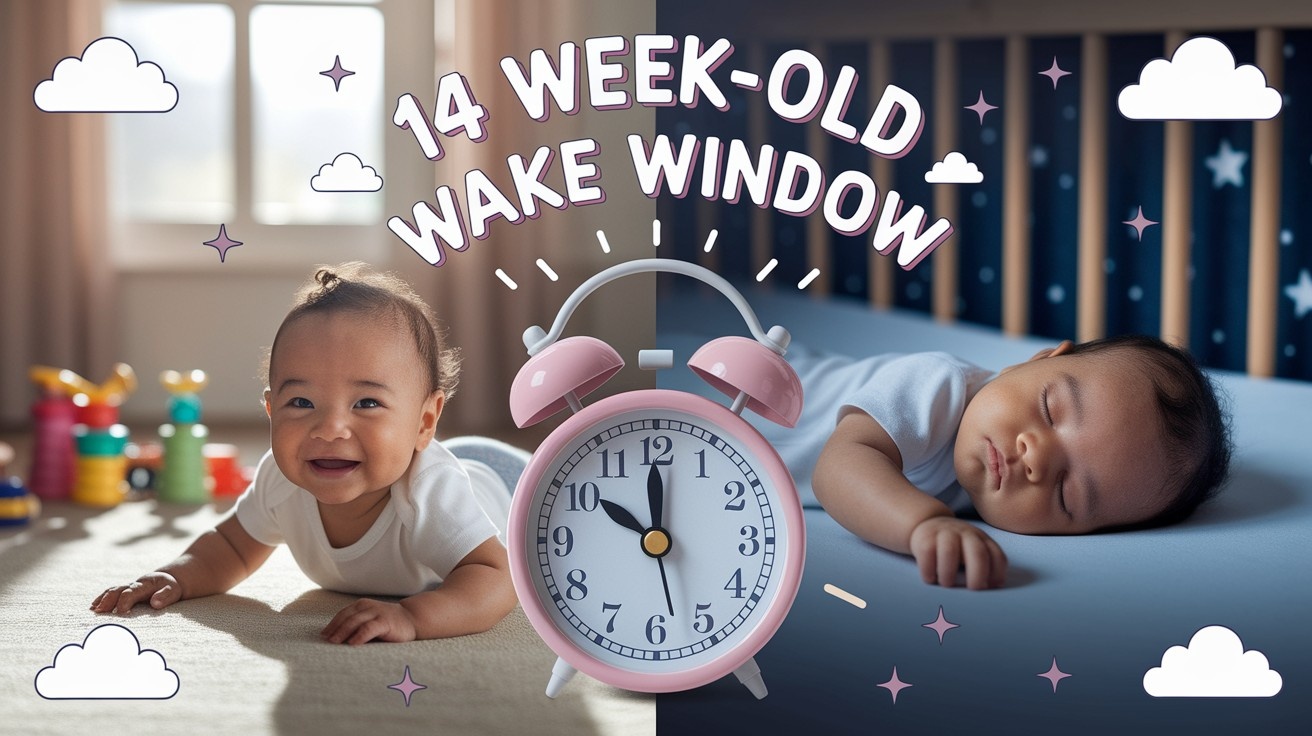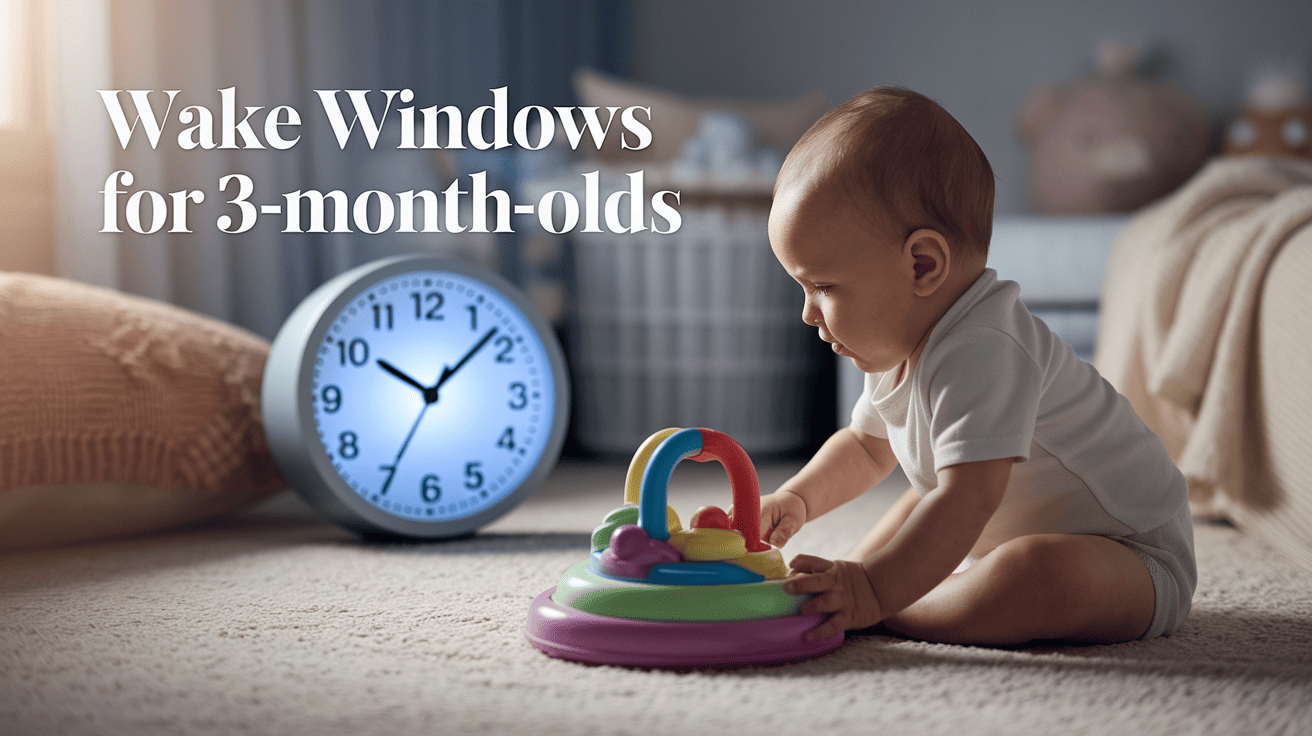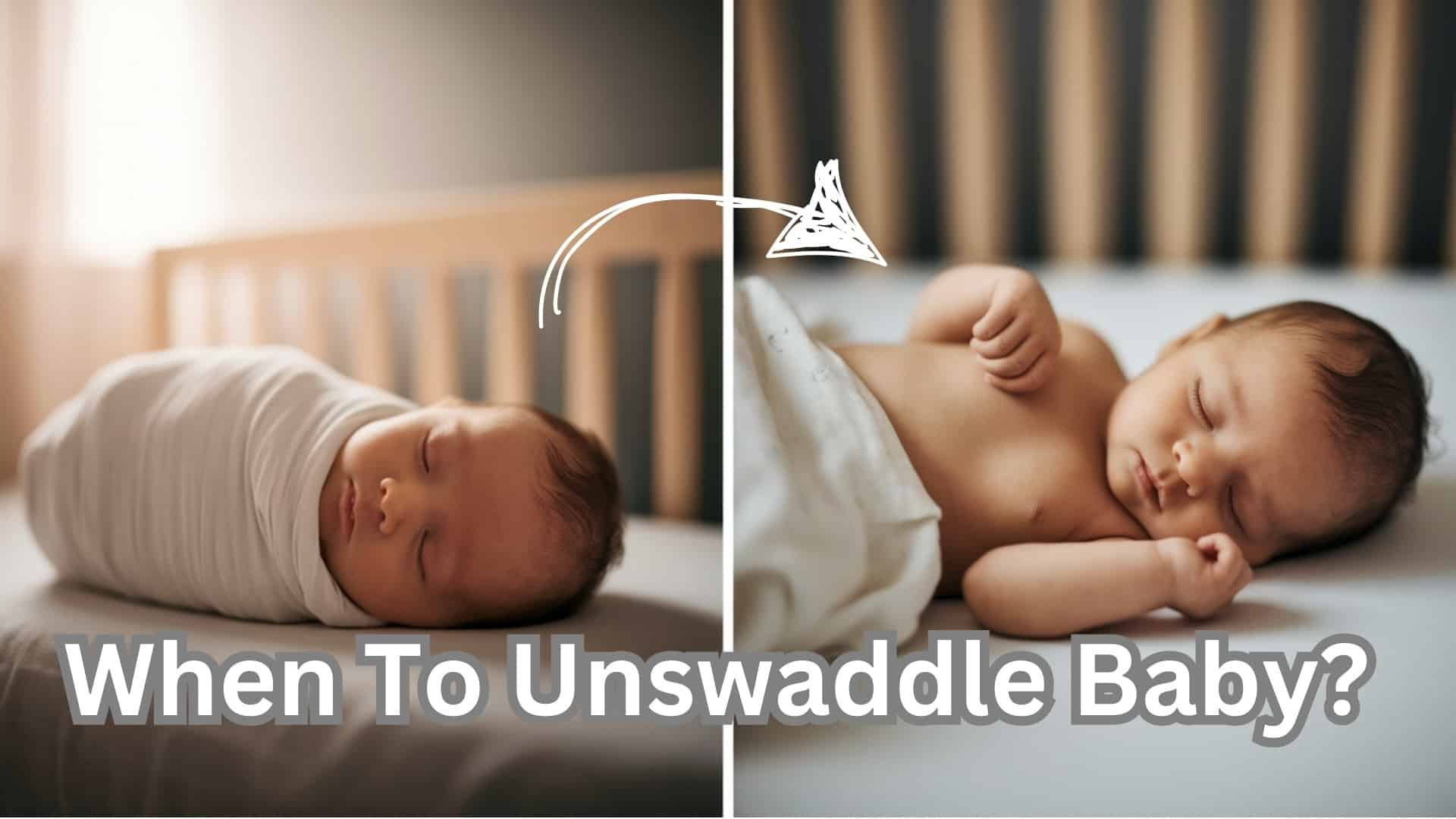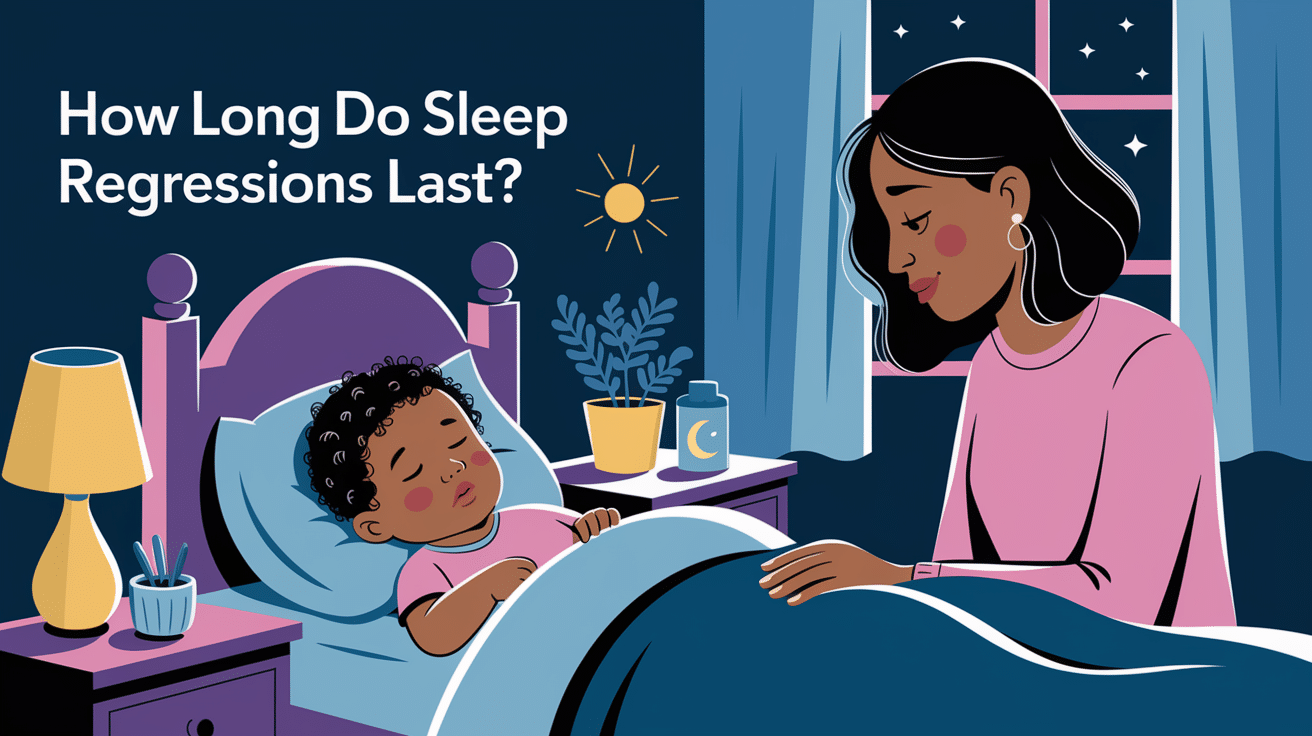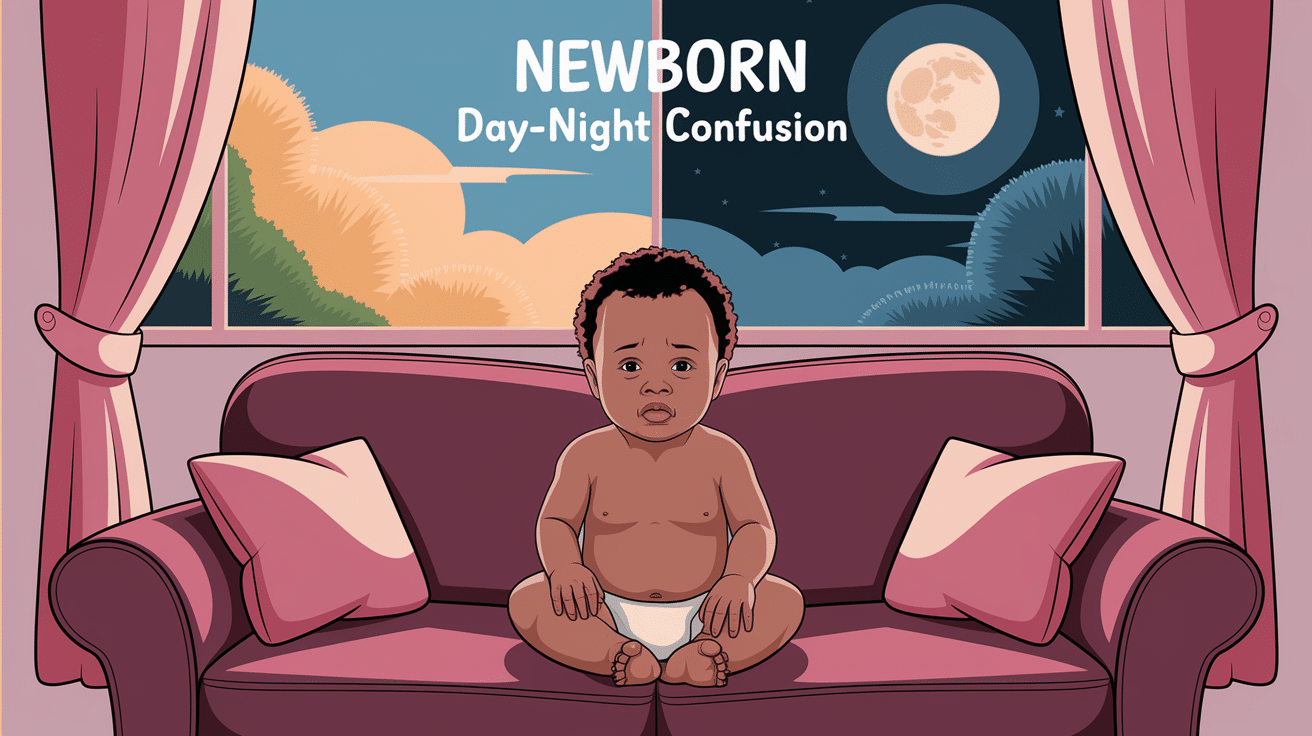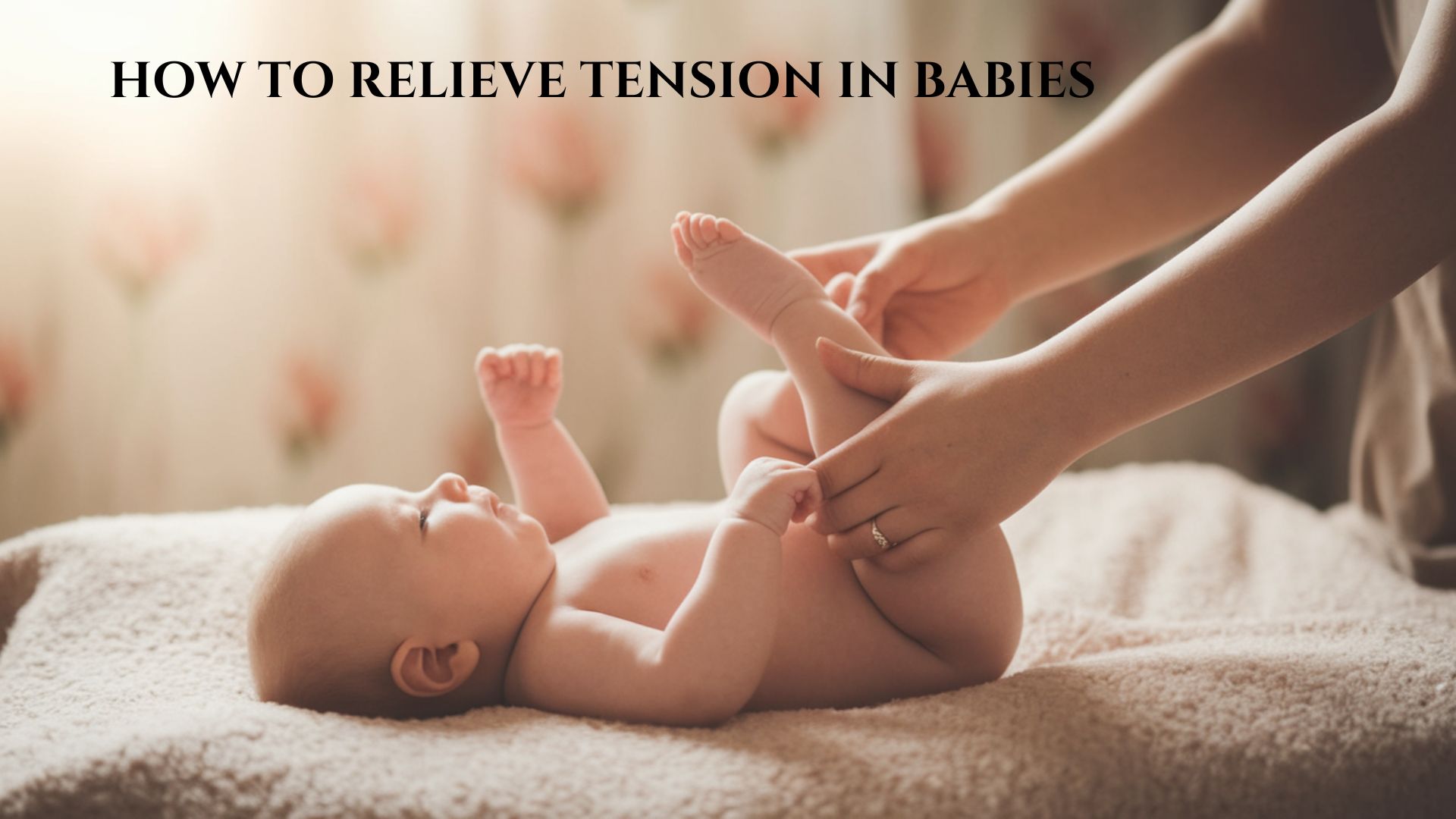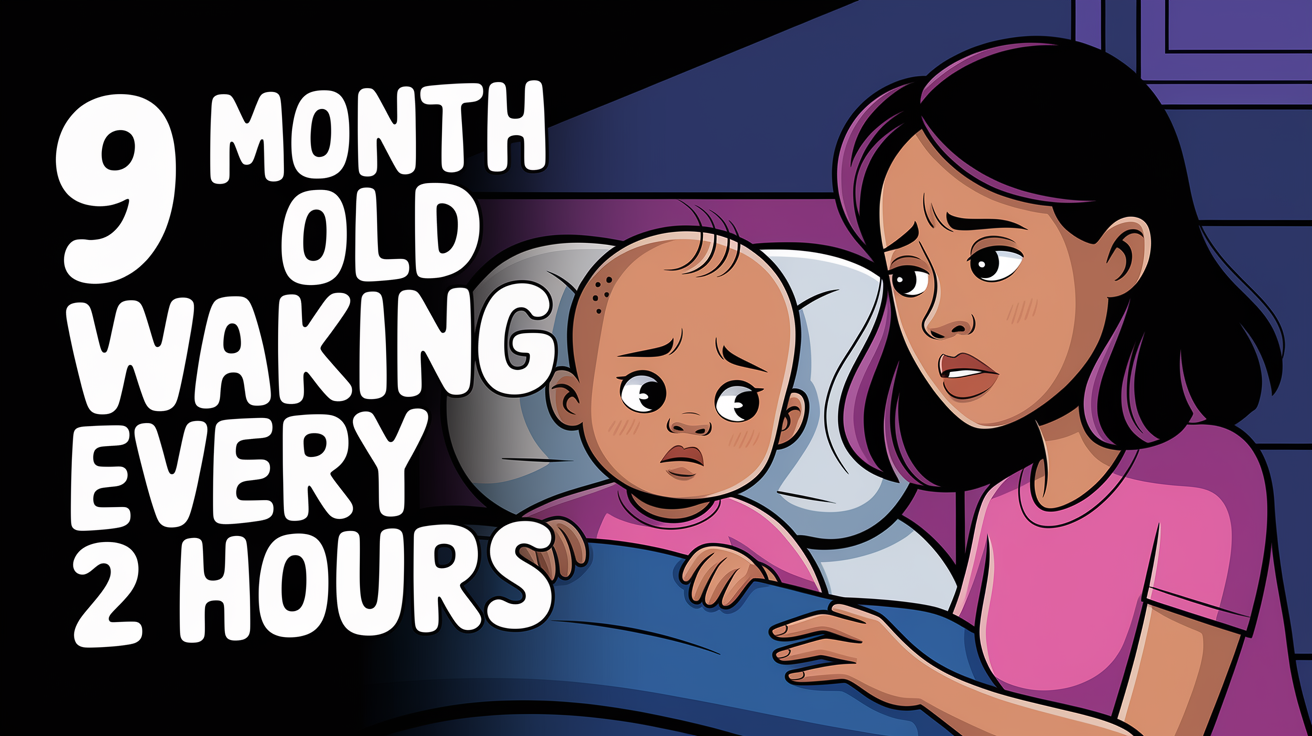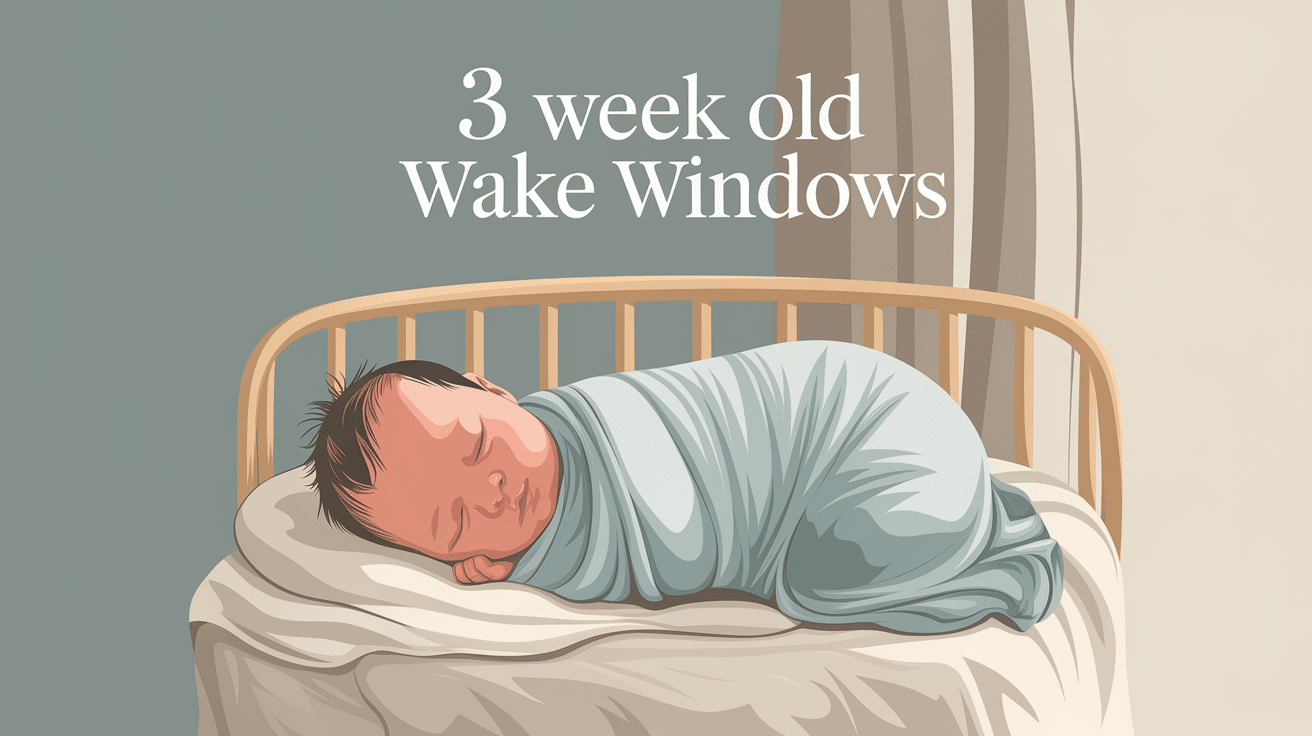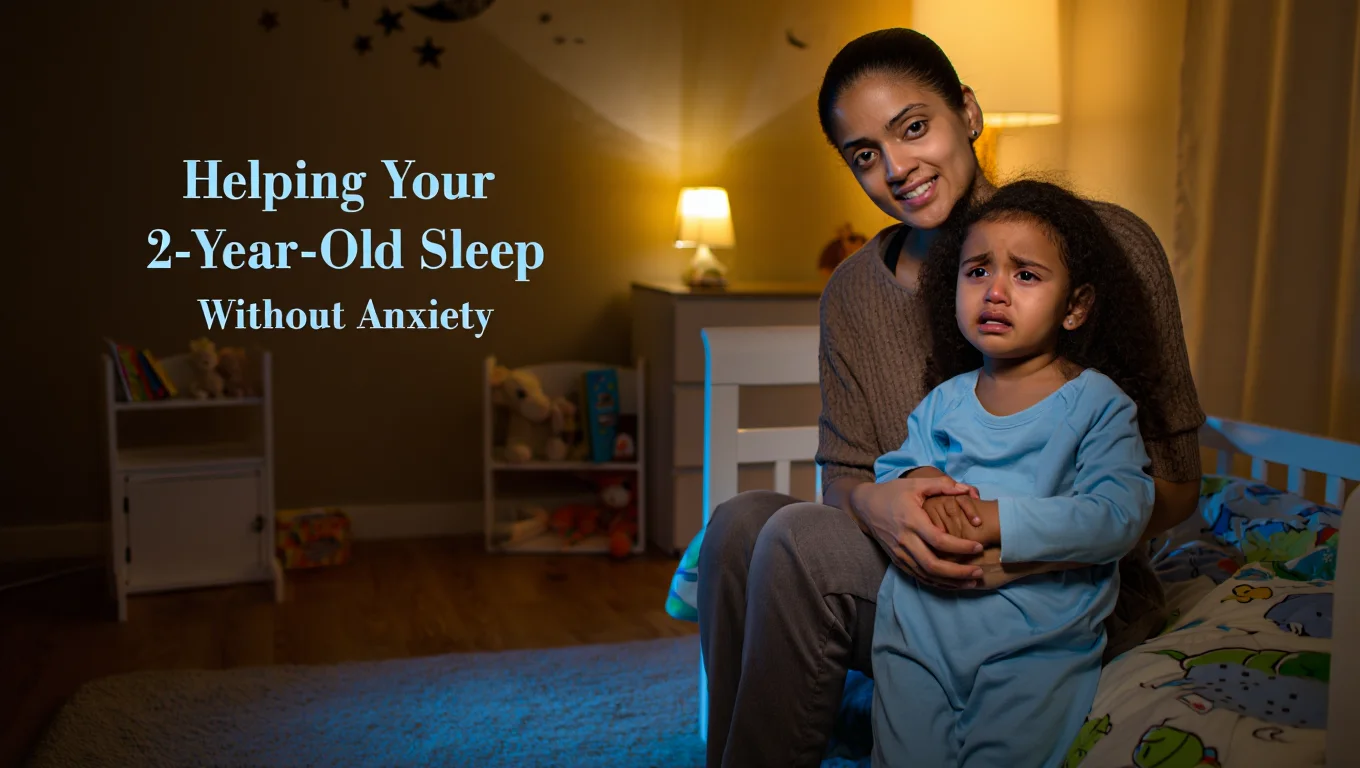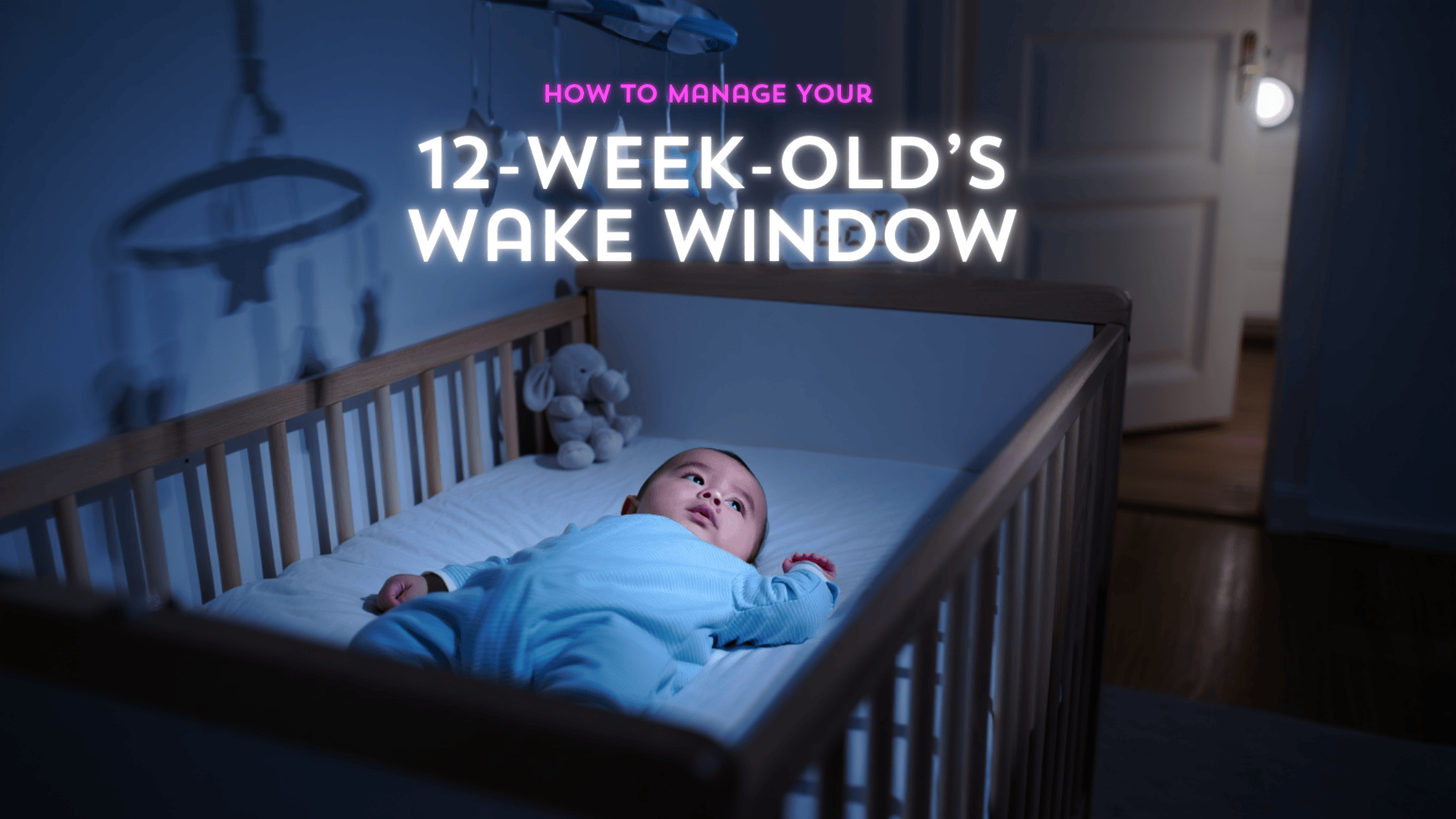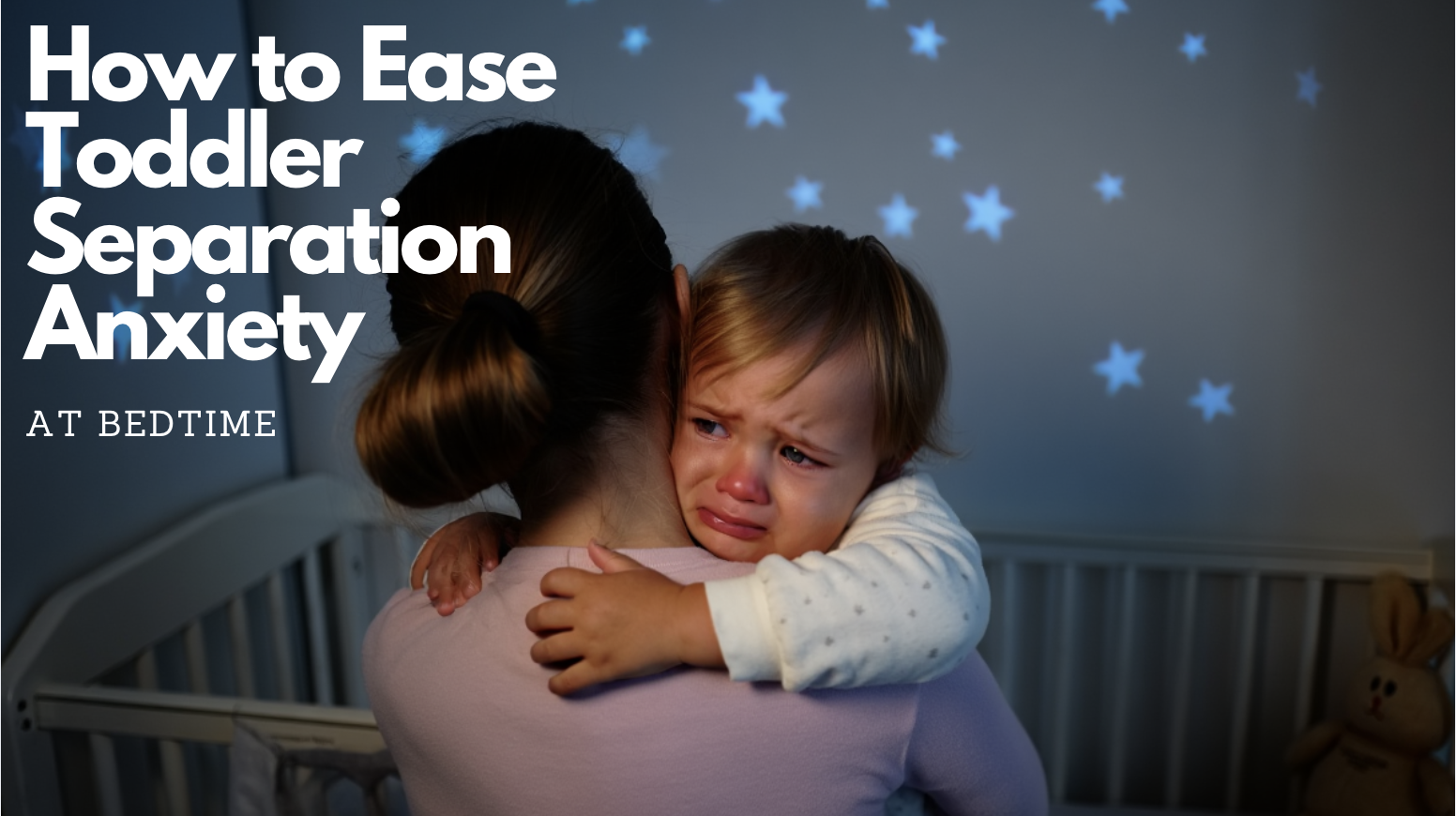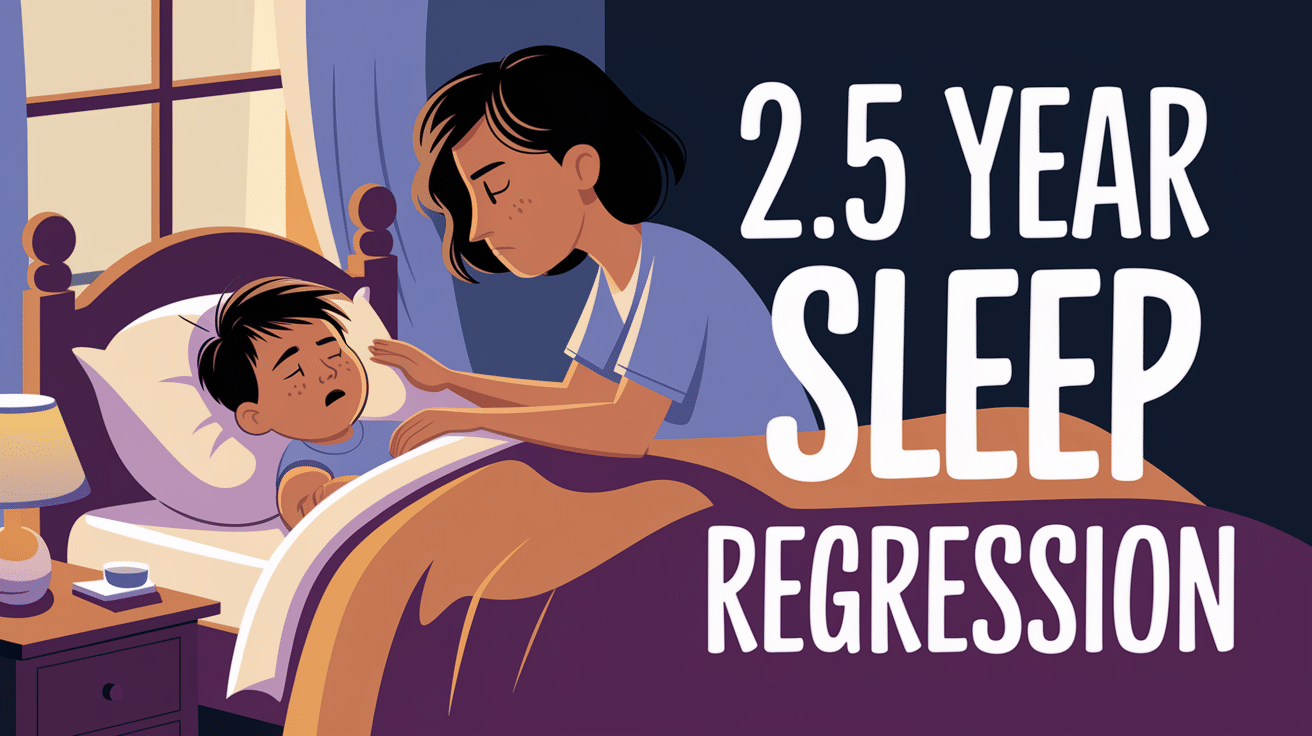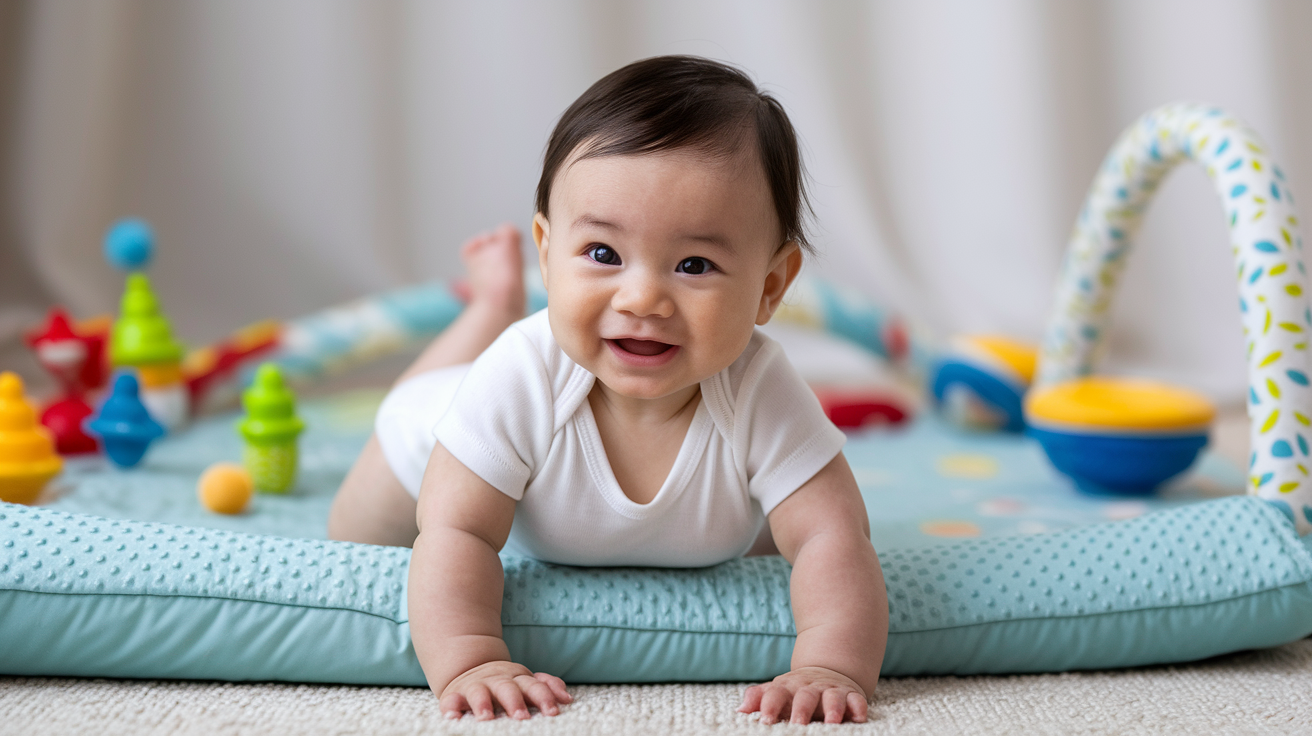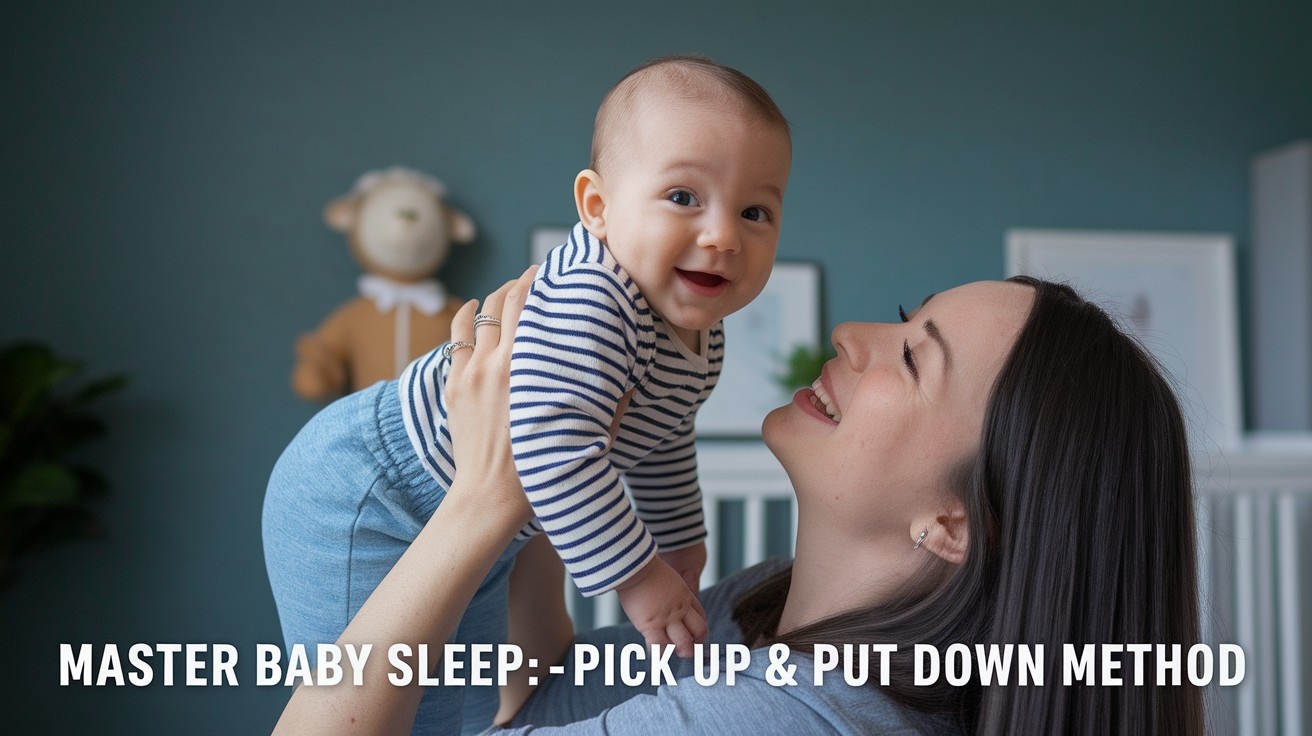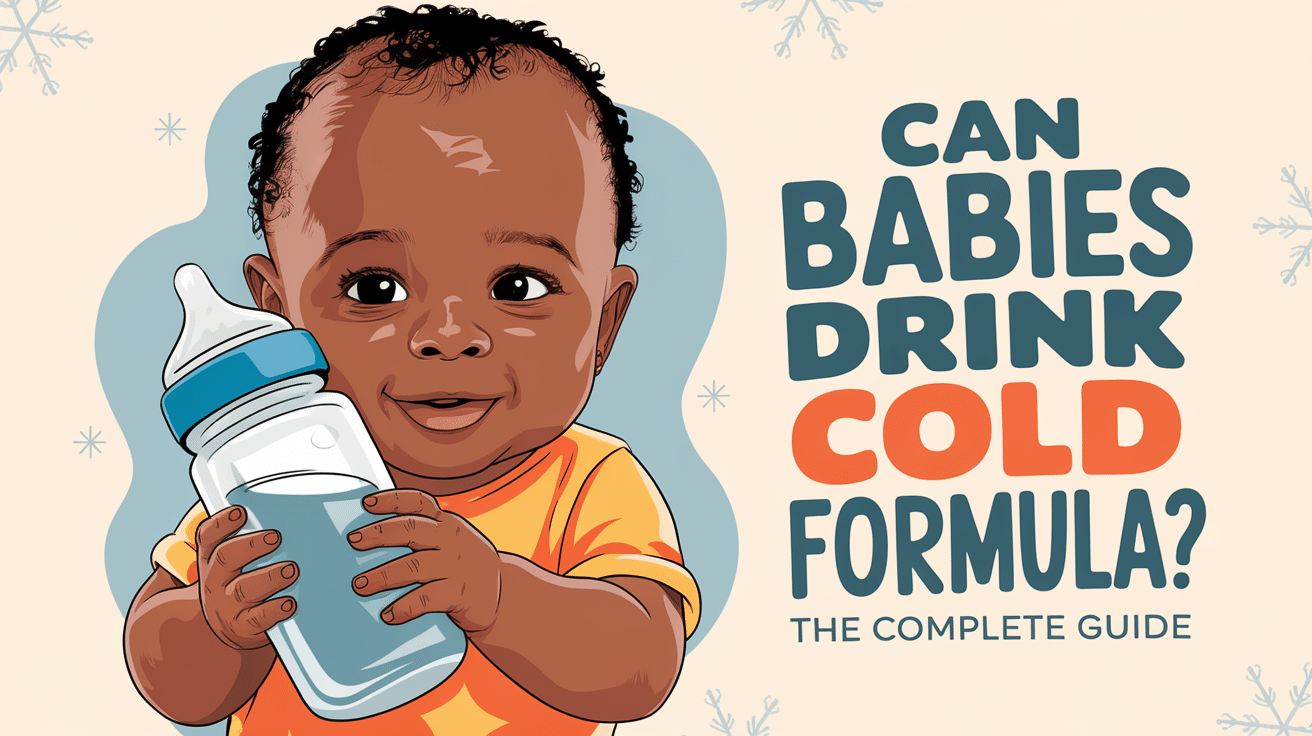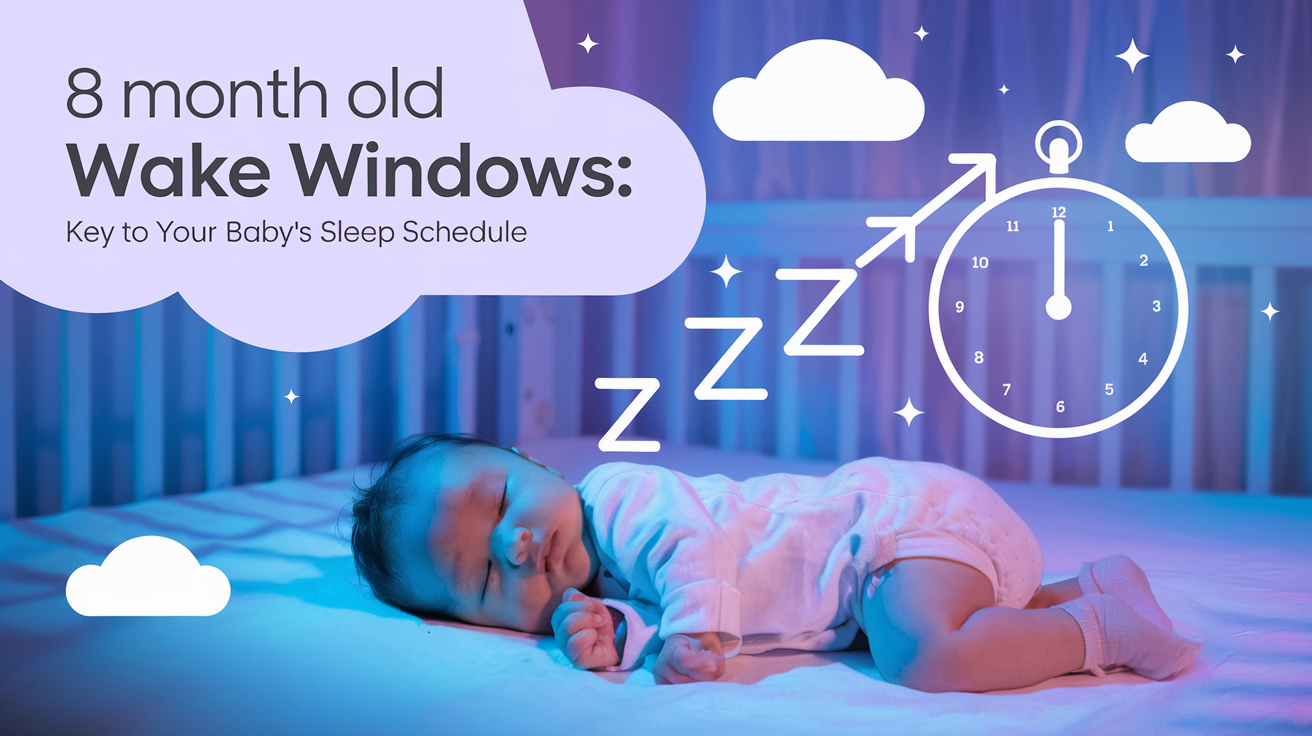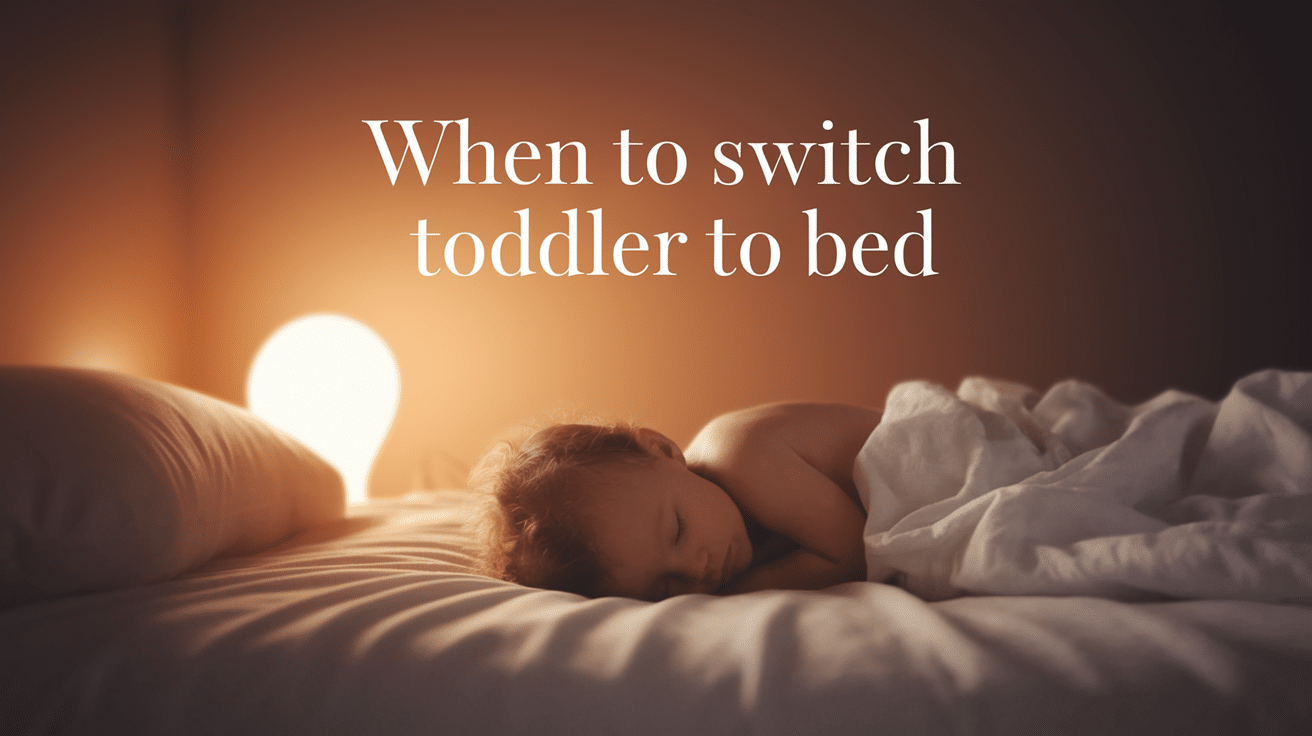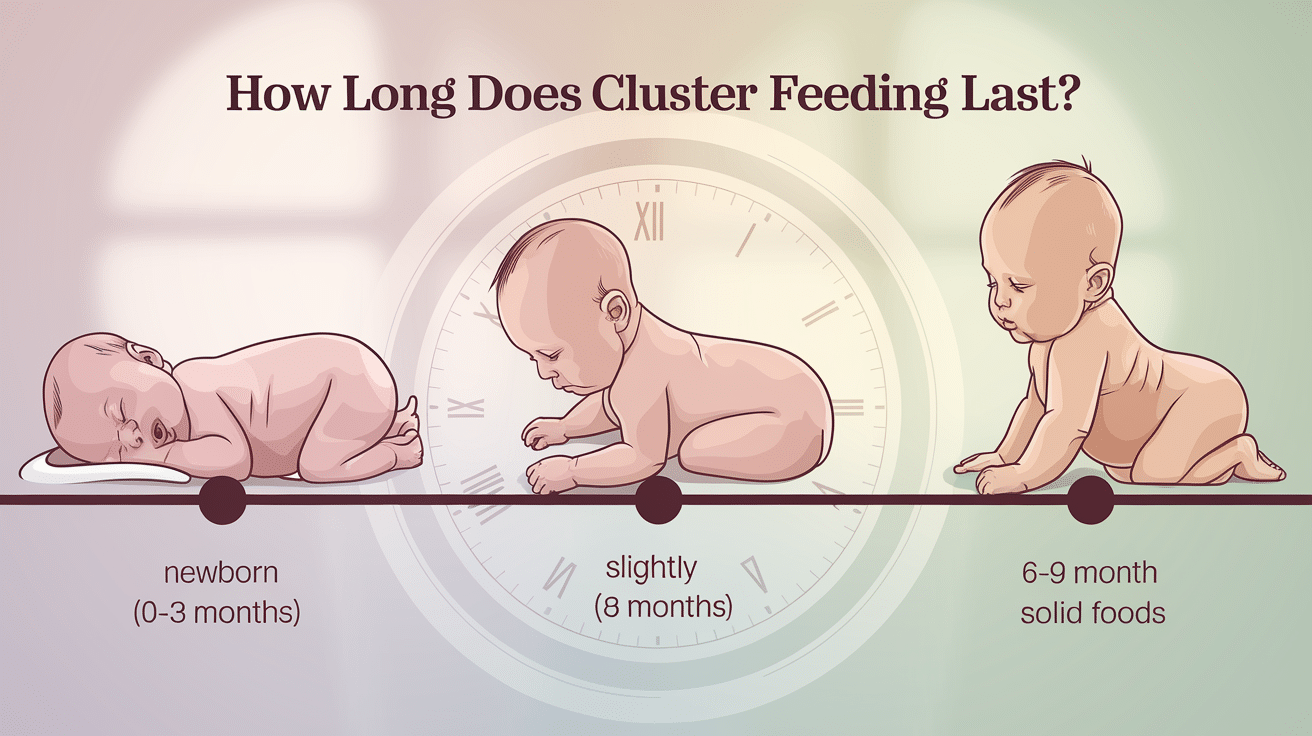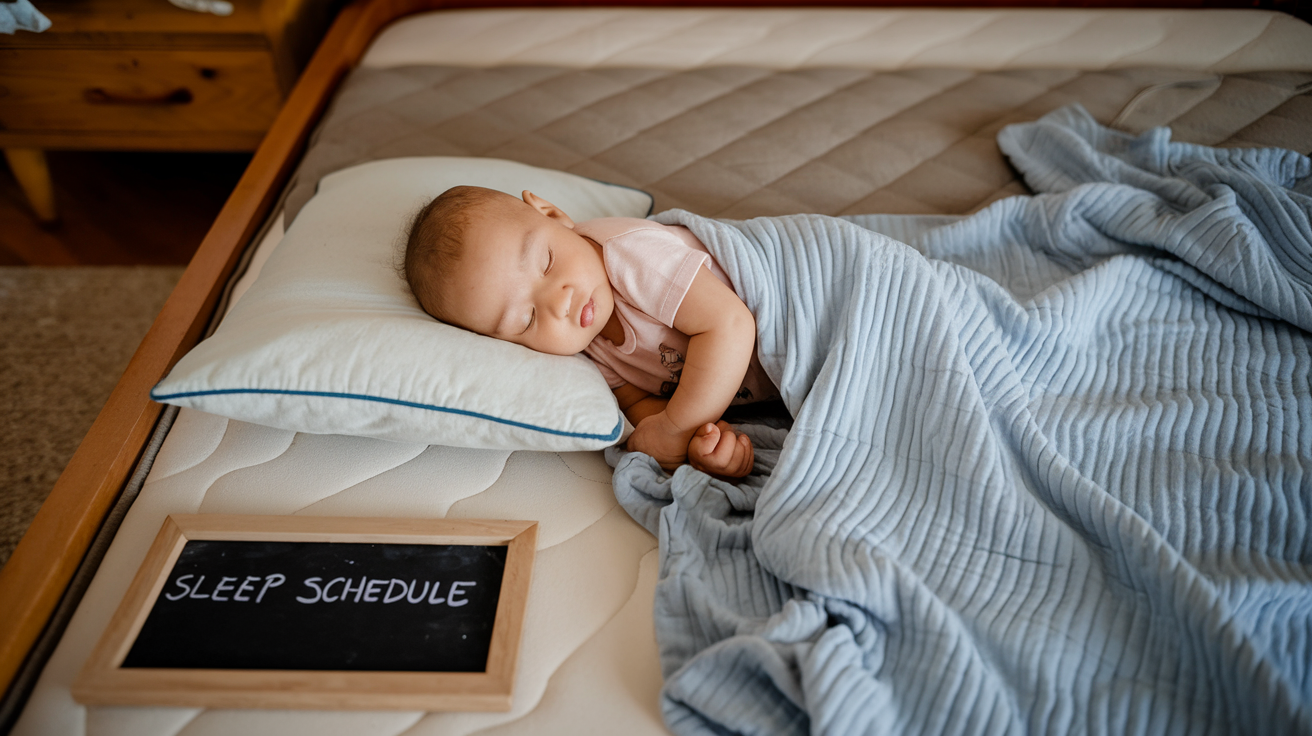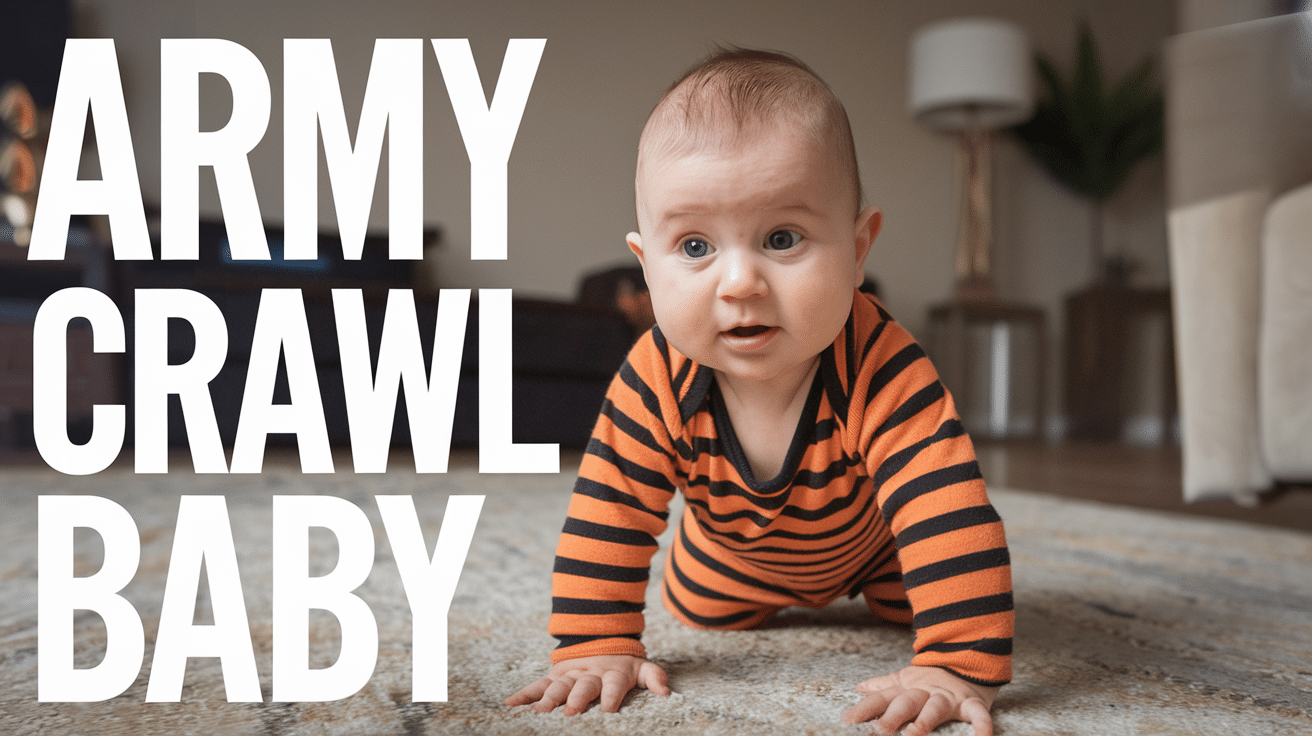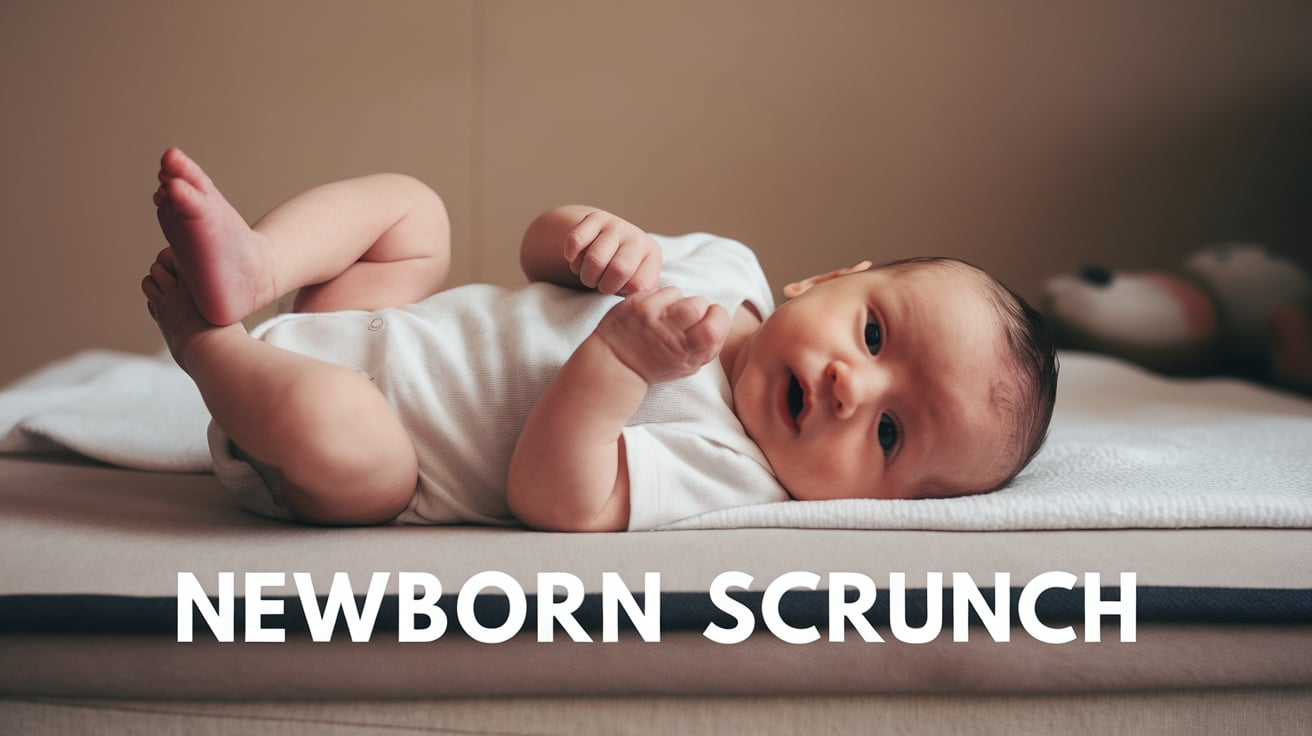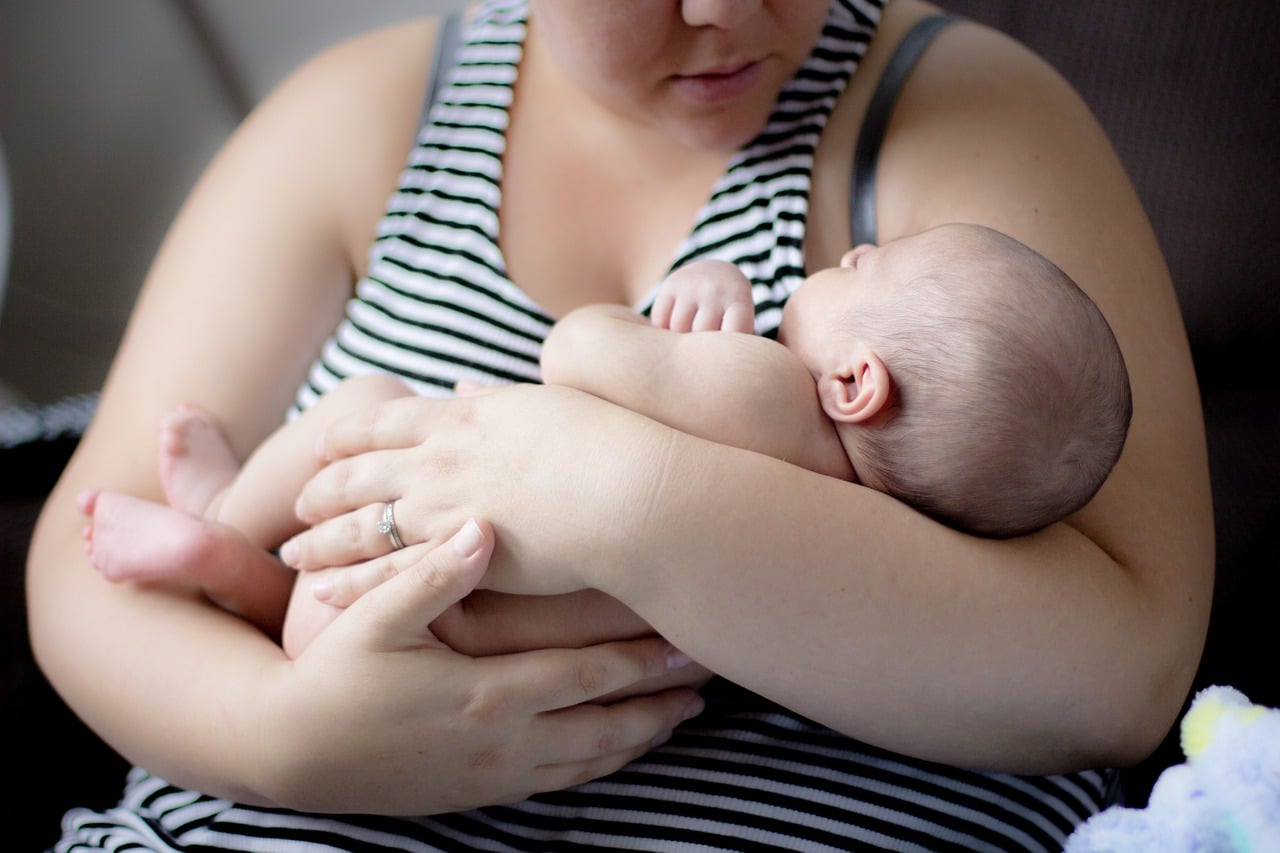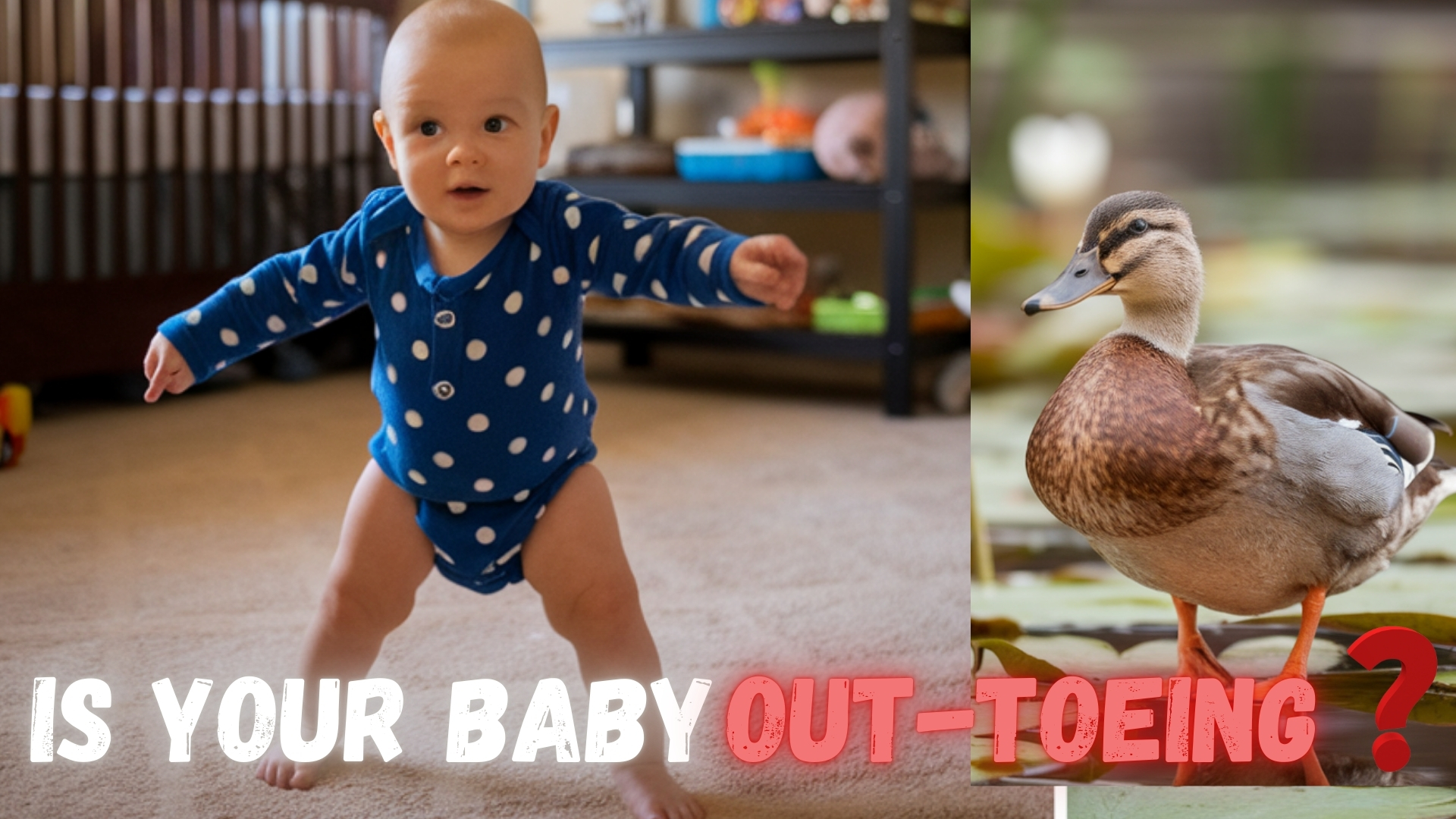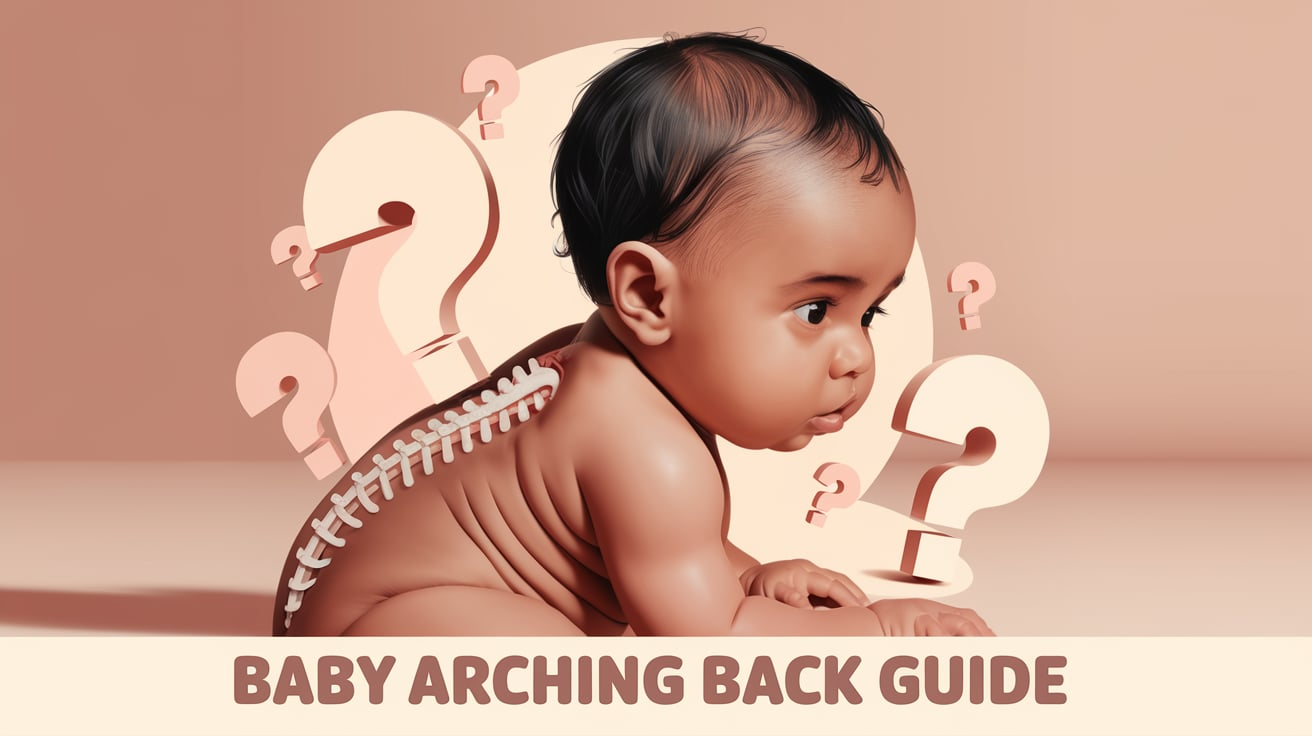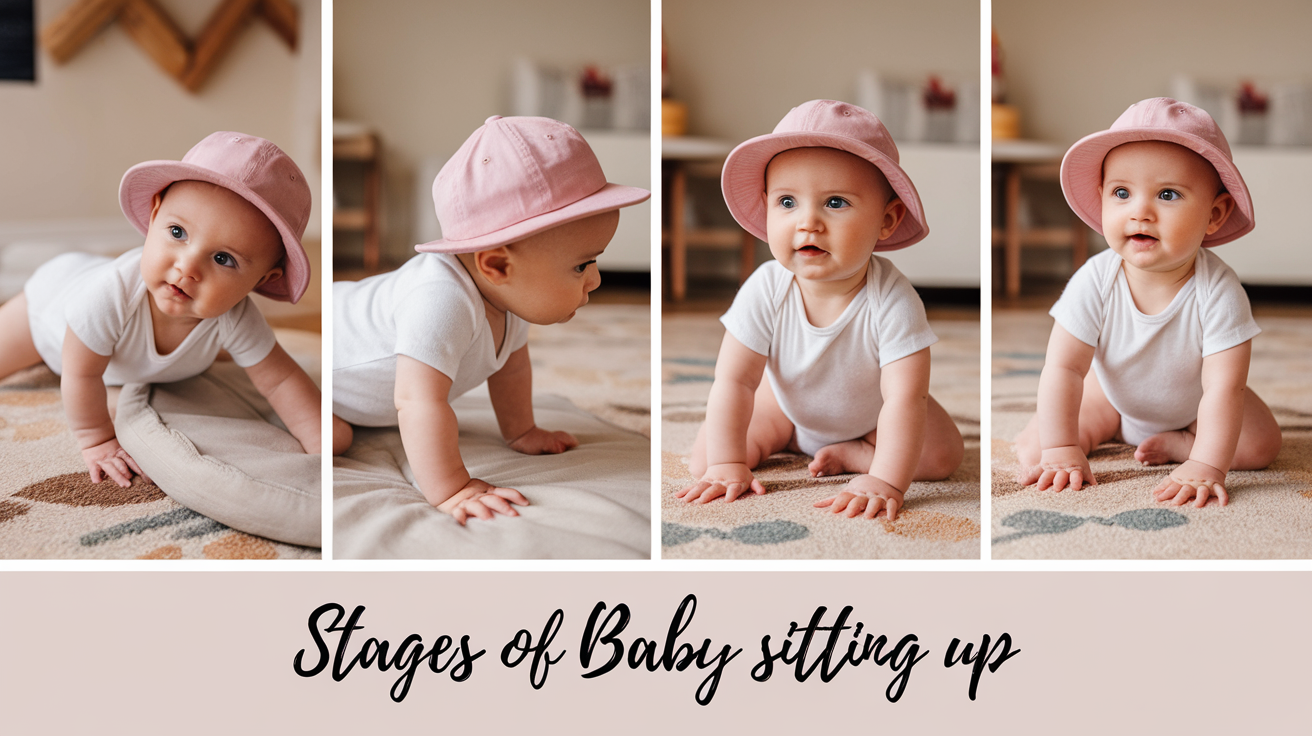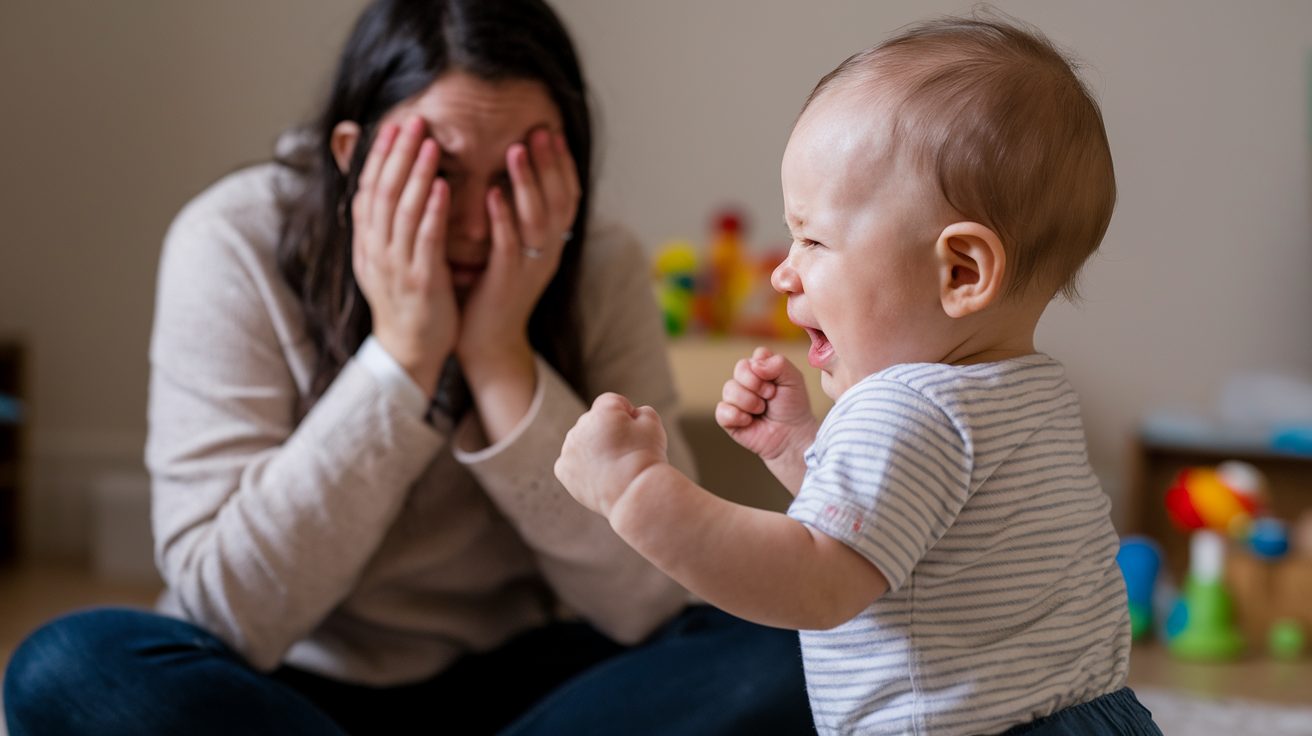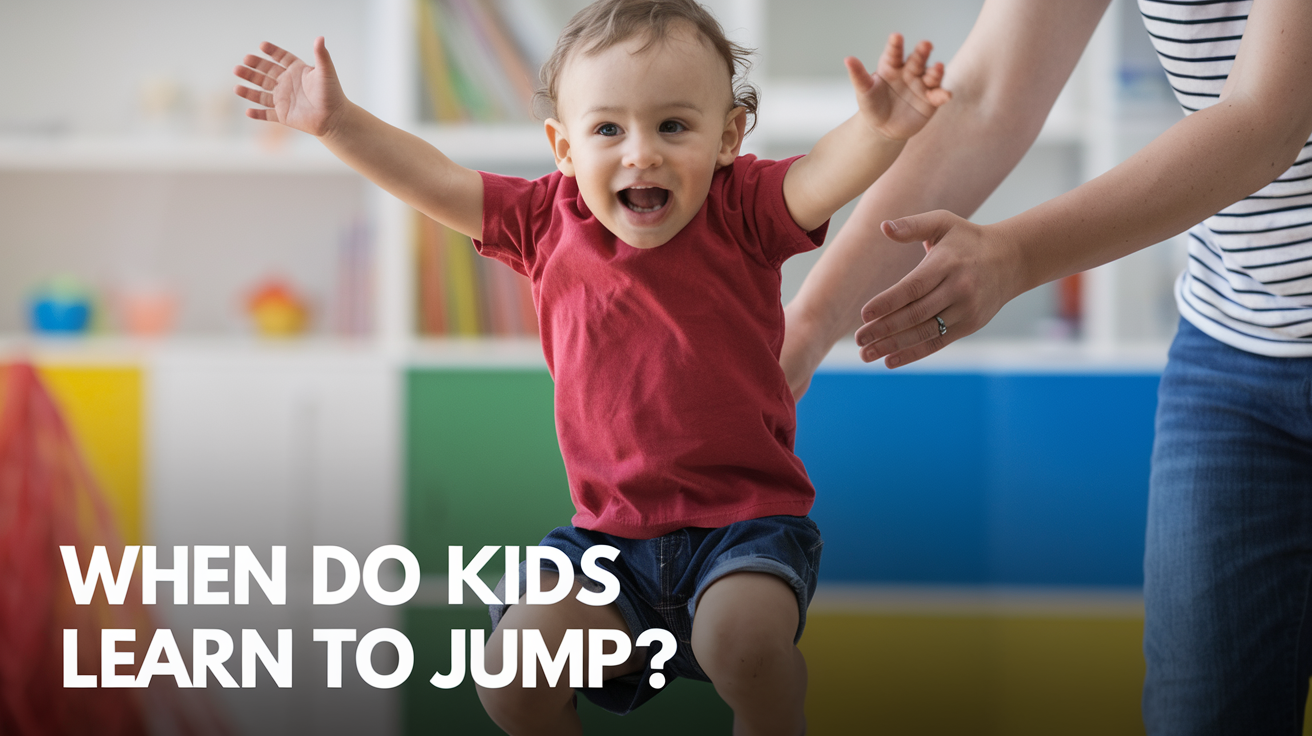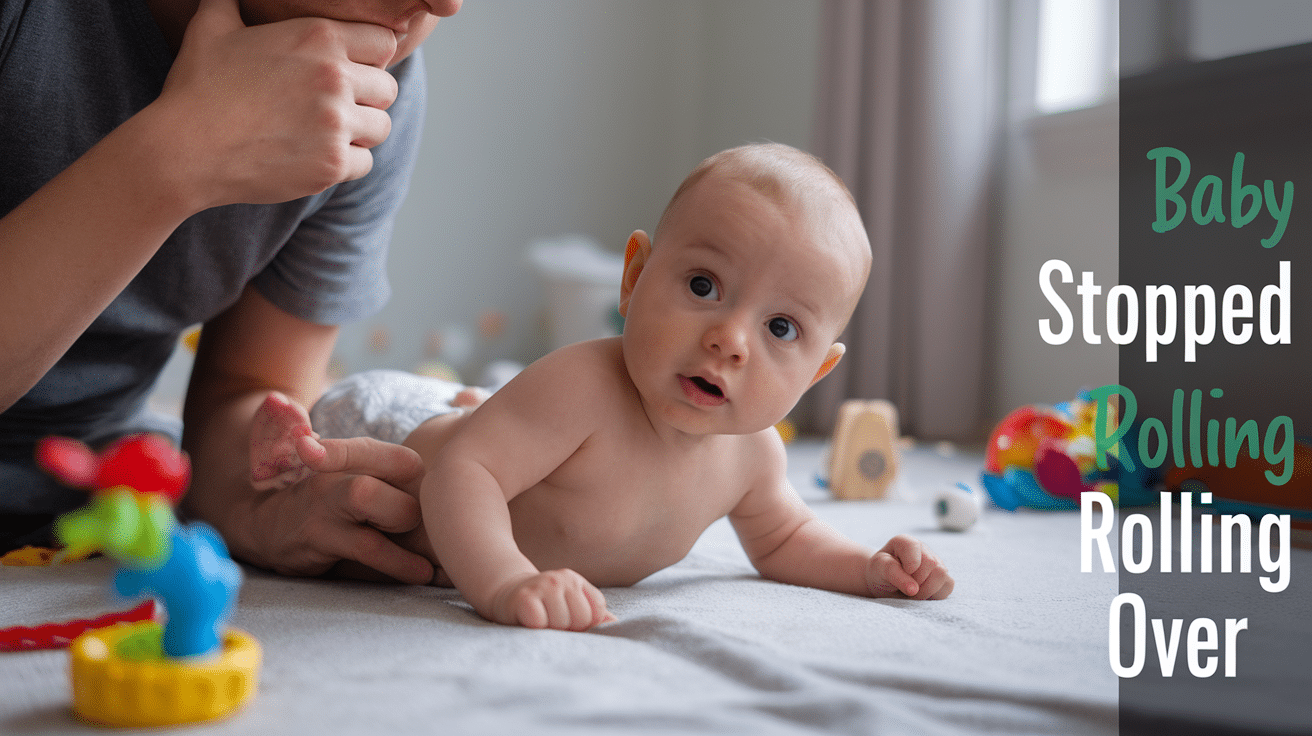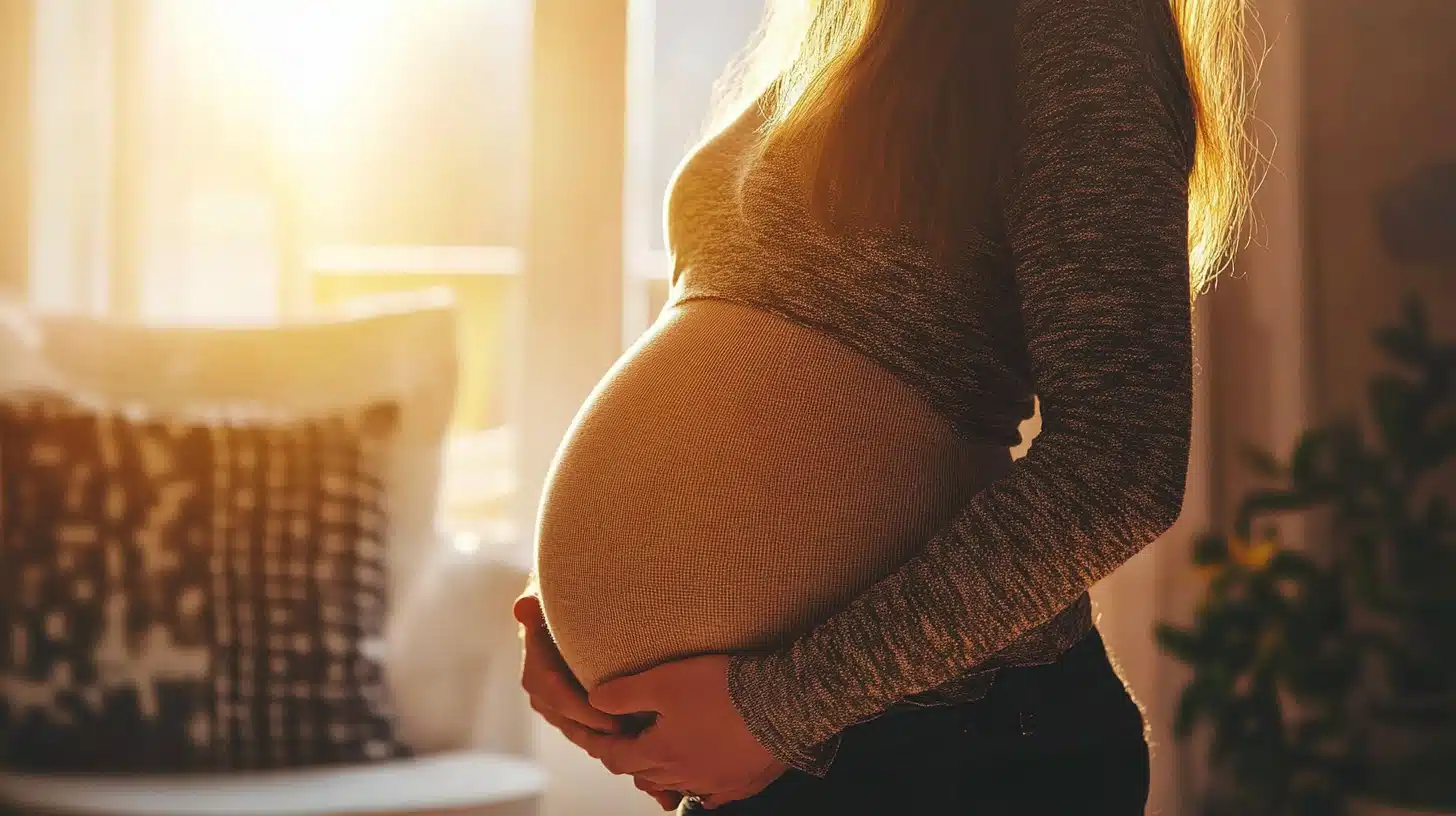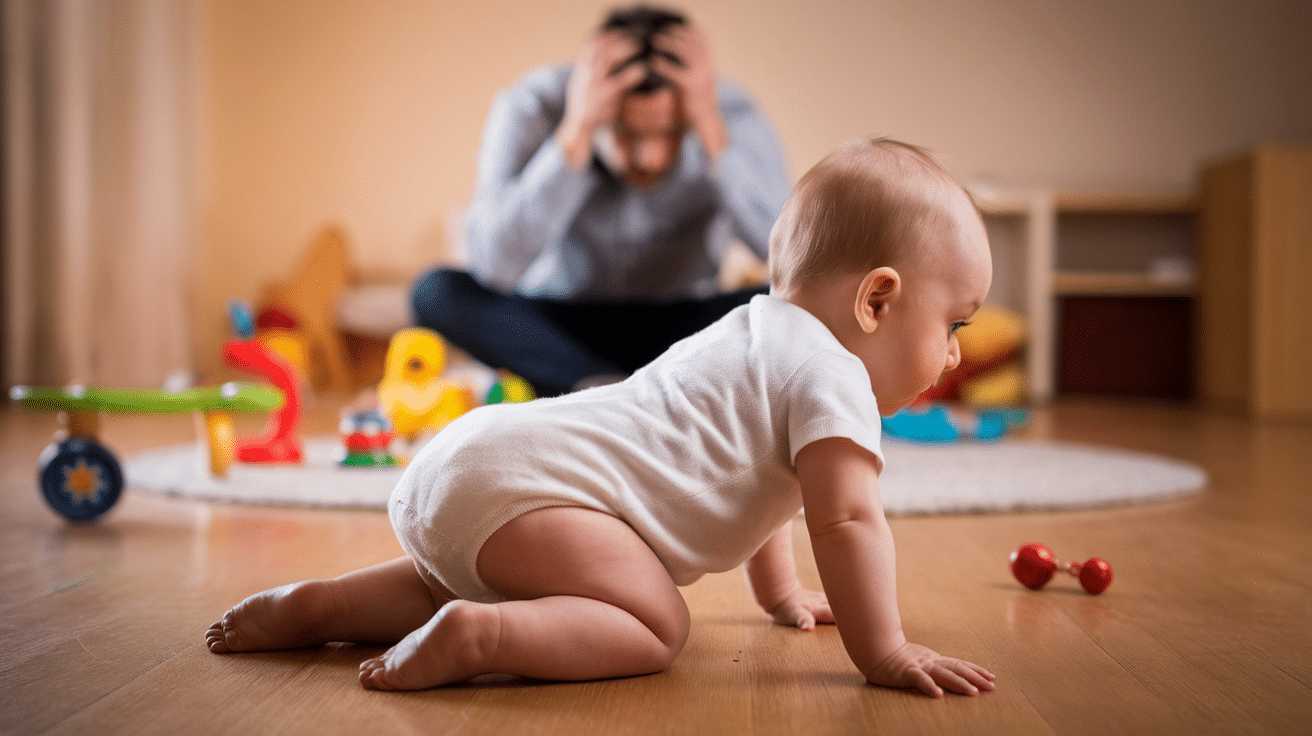
Crawling is a big step in your baby’s growth, usually around 7-10 months.
But have you checked your baby’s movement? Is he/she crawling normally or backward?
Many parents worry when they see their little ones scooting in reverse. You might think something is wrong or that your baby is confused.
Don’t worry! Backward crawling is normal. Most babies who move this way will soon learn to crawl forward, too. This is another way babies learn to move their bodies as they grow.
Every baby picks up skills at their own pace.
This funny backward shuffle is another step in your baby’s path to moving around! With time and practice, your little one will master going forward, backward, and in all directions.
In this blog, we’ll cover everything you need to know about backward crawling and how to help your baby with this growth stage.
Is It Normal for a Baby to Crawl Backward?
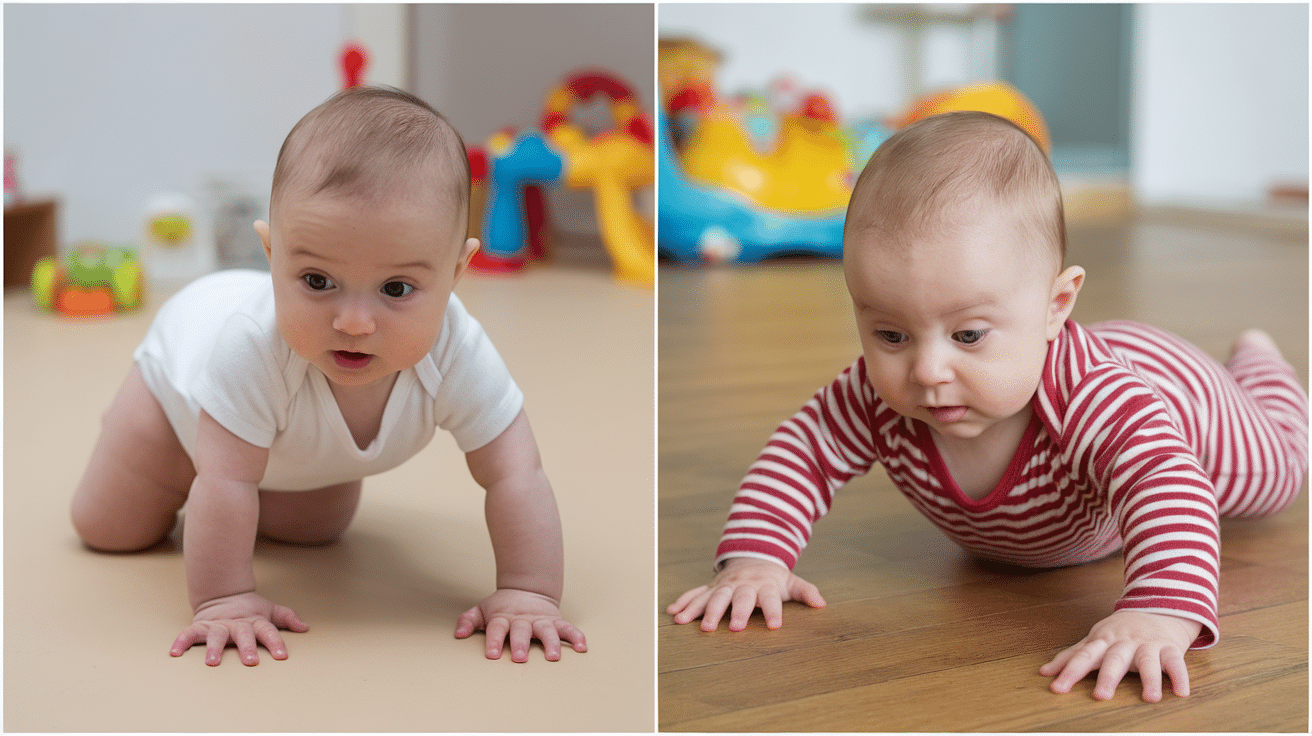
Yes! Many babies crawl backward before going forward. This is normal and part of how babies learn to move.
Babies develop different skills at their own pace. Some start by scooting on their bottoms, while others might crawl backward at first.
When babies begin crawling, they often push with their arms before their legs catch up. Due to different body development, you may see various kinds of crawling styles.
Don’t worry if your little one seems to be moving in reverse.
With practice and gaining strength, most babies figure out how to crawl forward within a few weeks. Each baby follows their timeline for movement skills.
Why Do Babies Crawl Backward? (Signs & Reasons)
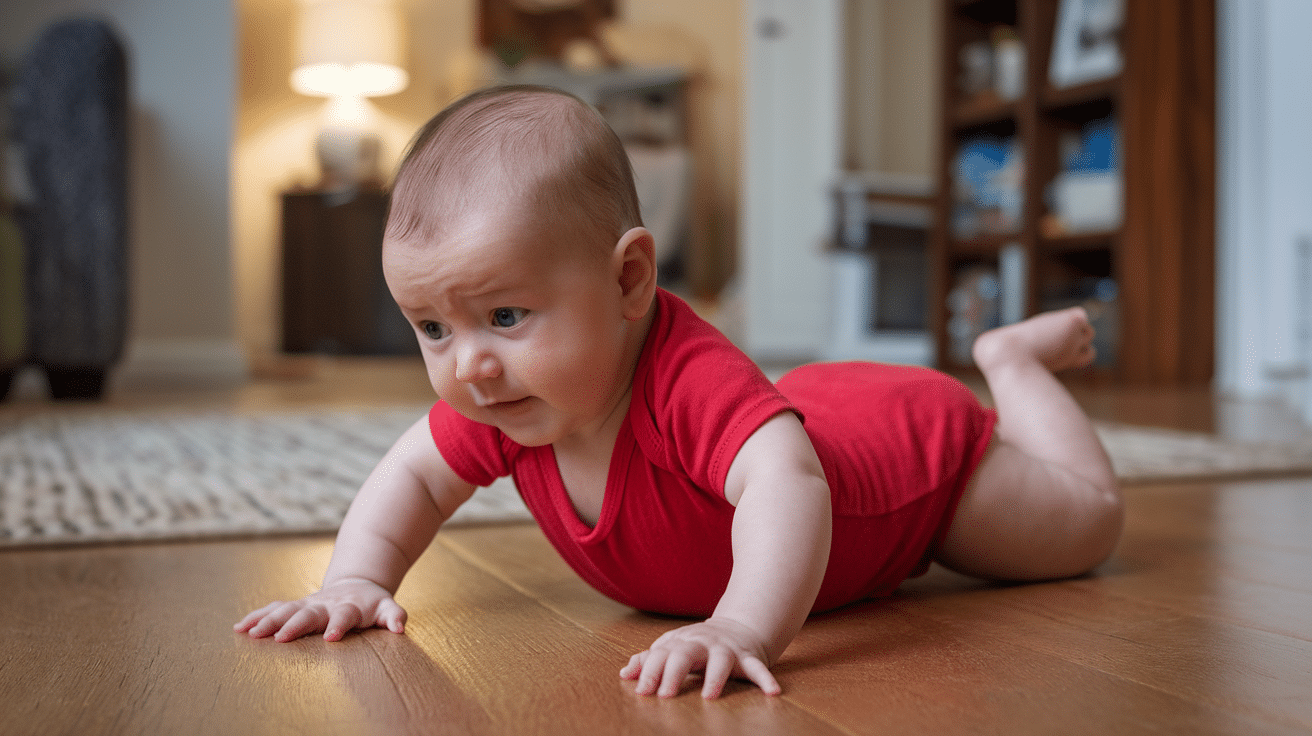
Babies often crawl backward first because their arms are stronger than their legs. When they push with their arms, they move backward instead of forward!
This happens because:
- Upper body muscles develop earlier than leg muscles
- Baby is still learning how to coordinate movements
- Some reflexes make pushing easier than pulling
Every baby develops differently. Some skip backward crawling, others do it for weeks. Some even skip crawling altogether!
Your baby will figure out forward movement when ready. Until then, just clear more space behind them so they can practice safely.
Is Crawling Backward Safe?
Don’t worry! Crawling backward is completely normal and safe for babies. Many little ones learn to move backward before going forward.
Backward crawling still helps build important muscles and coordination. Your baby is learning how their body works and solving movement problems—all good skills for development!
Ensure your home is baby-proofed since backward-moving babies might not see where they’re heading.
Watch your baby with a smile, not concern. Each child develops differently, and soon enough, they’ll figure out how to move in all directions. Your baby is doing just fine!
Safety Measures You Should Take
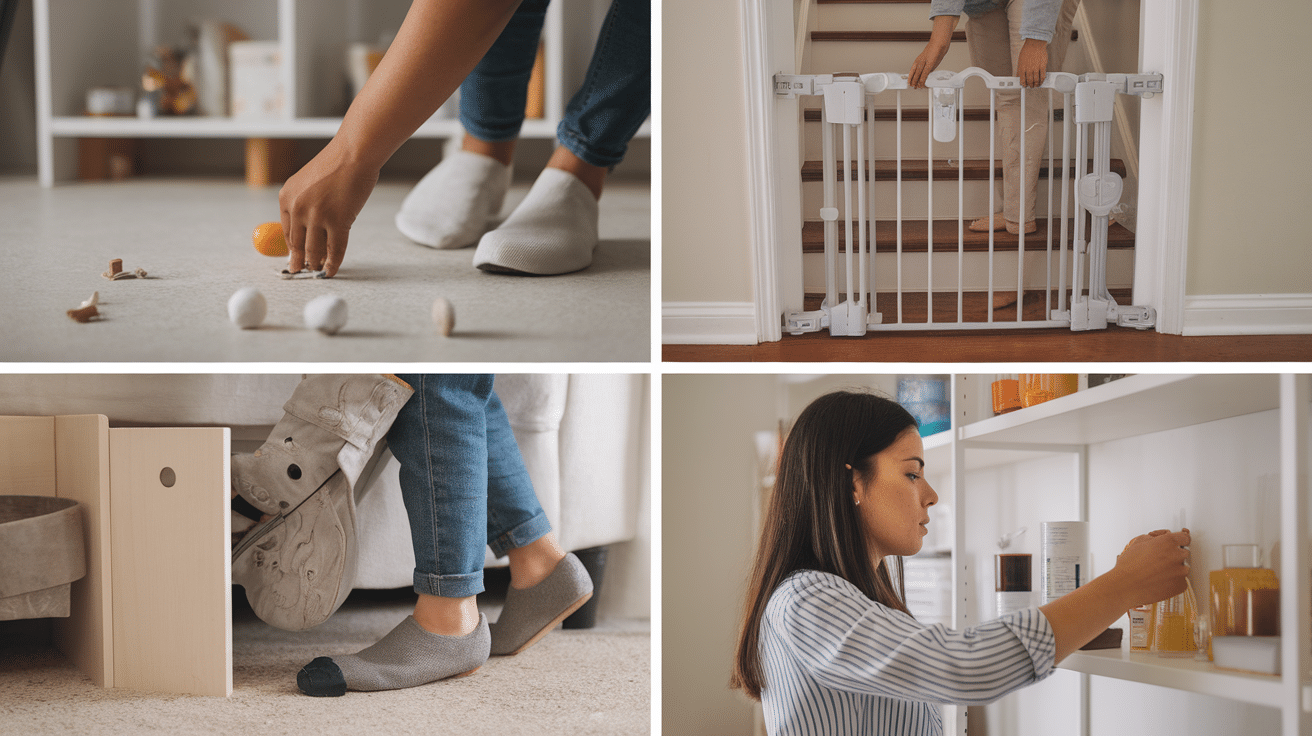
Even though the baby can crawl backward, you should be careful not to let your baby get hurt.
Here are some steps you should essentially take to ensure the safety of your baby:
- Clear a larger area behind your baby than you might for forward crawlers, as they may move backward unexpectedly.
- Place soft barriers like pillows behind your baby to prevent bumping into walls or furniture.
- Keep stairs blocked with baby gates at both top and bottom, as backward-moving babies might not see stairs behind them.
- Move electrical cords, small objects, and choking hazards away from all crawling paths, including behind furniture.
- Secure furniture to walls, especially items your baby might back into, which could tip over.
- Check low shelves and under furniture for hidden dangers, as backward crawlers often end up in these spaces.
How does Backward Crawling help in a Baby’s Development?
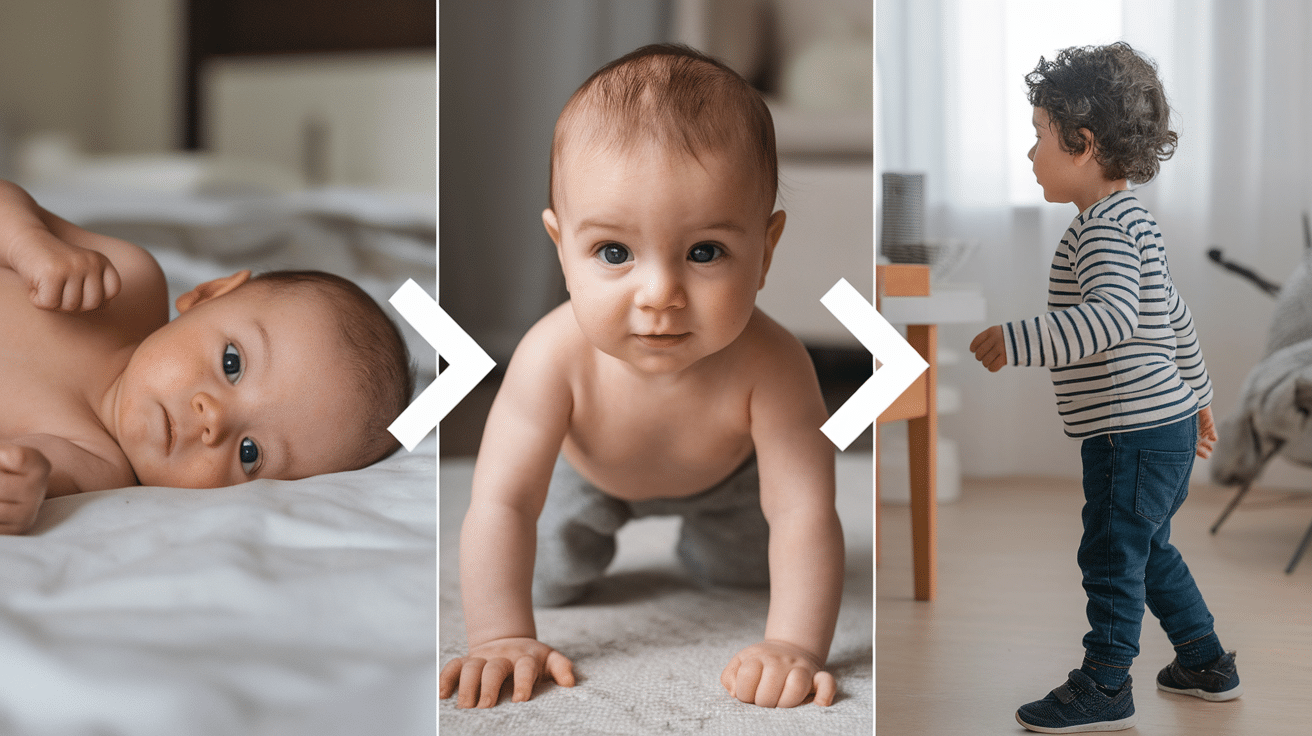
Backward crawling plays a key role in your baby’s growth. If you’re worried about your little one not moving forward yet, you’ll be happy to know that going backward first brings many benefits:
- Builds stronger arms, shoulders, and upper back muscles than forward crawling alone
- Helps baby learn to use eyes and hands together in new ways
- It makes tummy and back muscles stronger for better balance than just sitting
- Teaches baby to think through problems when stuck, building brain connections
- It uses different muscle groups than forward crawling, creating a more complete development
- It helps with body awareness as the baby feels movement in a new direction
- This can lead to better coordination when walking begins
- It gives the baby a sense of success and builds confidence with movement
Many parents worry when babies move backward instead of forward, but this is a normal step. Your baby is learning important skills that will help with forward crawling later.
Backward crawling creates a foundation for a movement that forward crawling builds upon. Give your baby plenty of floor time each day, and watch as these skills grow.
Remember that each baby develops at their own pace, and backward movement is a positive sign of progress.
When Will a Baby Start Crawling Forward?
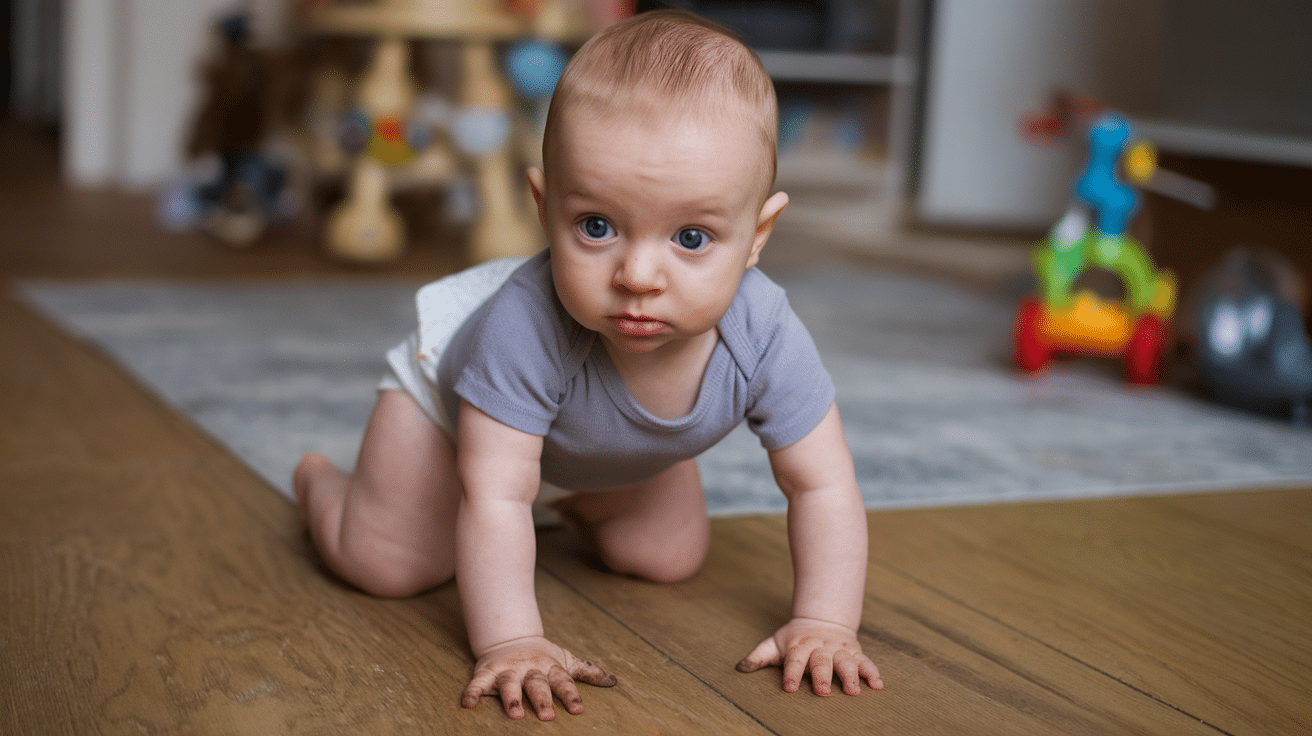
Most babies begin true forward crawling between 6 and 10 months. Before this milestone, many babies practice by rocking on their hands and knees or scooting backward.
The shift from backward to forward movement typically happens as babies build stronger arm and shoulder muscles. Your little one needs time to figure out how to coordinate pushing with their arms while using their legs for power.
Watch for these signs that forward crawling is coming soon:
- Gets into the hands-and-knees position
- Rocks back and forth while on all fours
- Lifts one hand off the ground briefly
- Tries to reach for toys while in crawling position
How to Encourage Your Baby to Crawl Forward
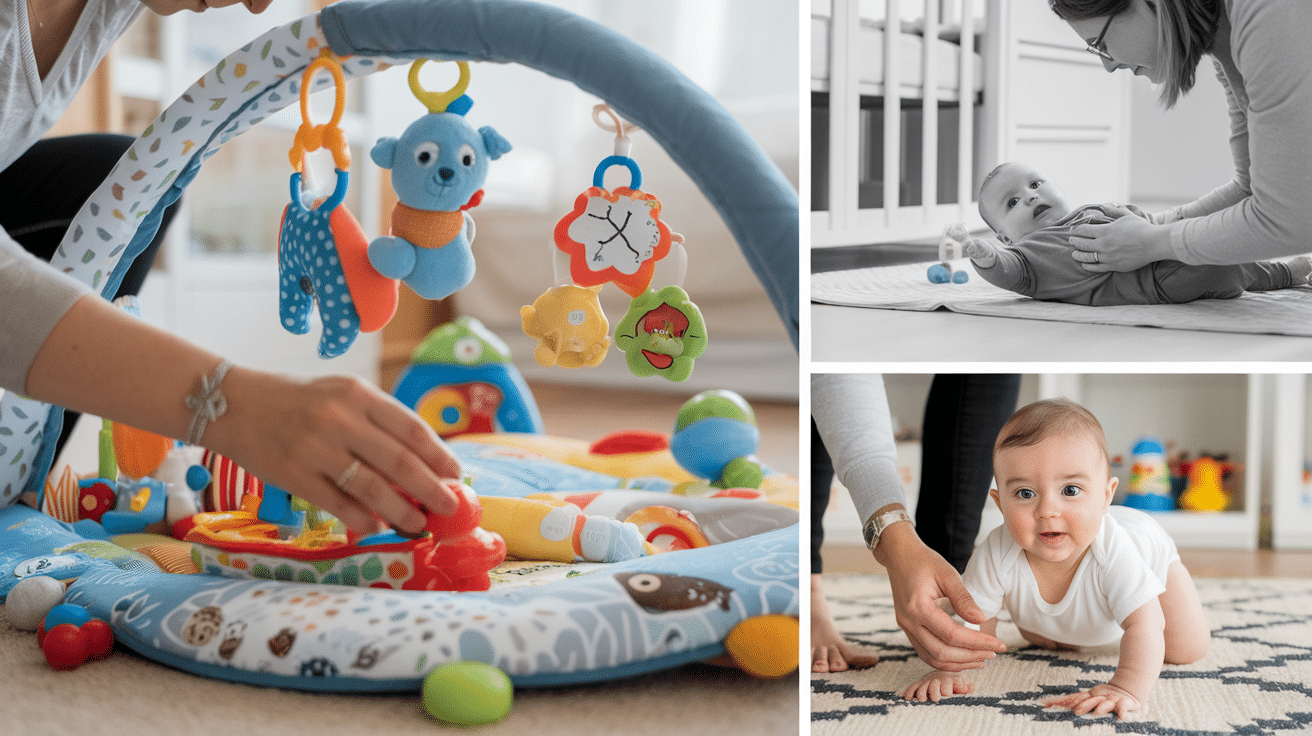
While it’s perfectly normal for babies to crawl backward first, here are some simple ways to help your little one move forward:
Using toys and objects to encourage movement:
- Roll a ball in front of the baby
- Use bright, noisy toys to grab attention
- Create a small tunnel for the baby to crawl through
Practicing tummy time and strengthening leg muscles:
- Do daily tummy time sessions
- Help baby practice pushing up on hands and knees
- Gently move baby’s legs in a crawling motion
Gentle resistance techniques to guide forward crawling:
- Place your hand against the baby’s feet to push off
- Create a soft cushion wall behind the baby
- Use a rolled towel under the baby’s chest for support
Should You Consult a Doctor?
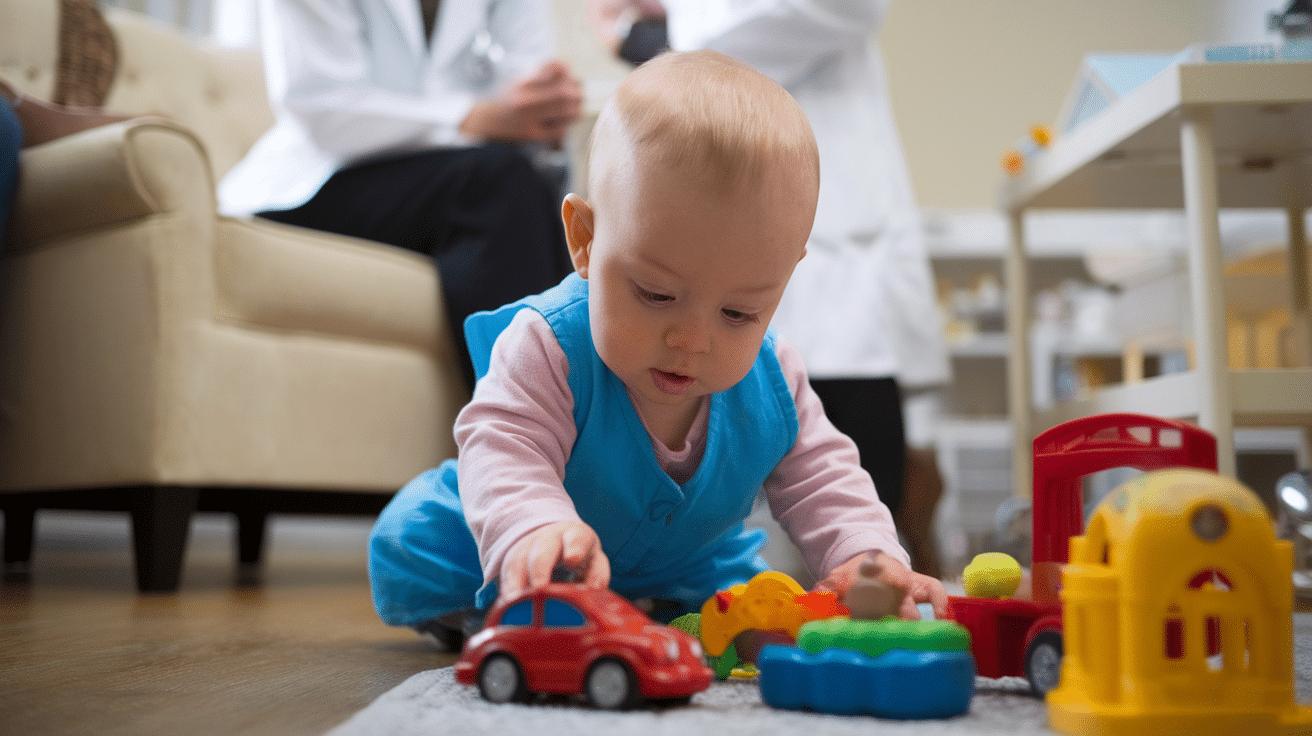
Babies develop at different rates, but some signs may need attention. Talk to your doctor if your baby is:
- Not sitting up by 9 months
- No crawling attempts by 12 months
- Stiff or floppy muscles
- Using only one side of the body
Signs of Delays or Possible Underlying Issues
Early help matters. Watch for these warning signs in your baby’s movement patterns.
- The baby cannot support his/her head after 4 months
- He/she doesn’t reach for toys for 6 months
- He/She is not babbling or making sounds or
- The baby seems to lose skills they once had
Consulting a Pediatrician if Backward Crawling Persists for Too Long
While backward crawling is normal, long-term backward-only movement may need checking. Check for these signs if you consider to call a pediatrician:
- The baby is still only crawling backward after 2 months of crawling
- The baby shows frustration when trying to move forward
- He/she has trouble with other movements.
- He/she seems upset when placed on tummy
Final Thoughts
Remember, each baby follows their path to moving around. Some babies crawl forward, others backward, and some skip crawling completely and go straight to walking! This is completely normal.
Try not to worry about when or how your child moves. Just be patient and give them lots of support as they learn. Your baby will figure out their way to get around in time.
Babies who move backward still build the same muscles as those who crawl forward. This odd movement is nothing to fear. They are learning and growing at their speed.
We hope this blog helped you and noted necessary points about your baby’s growth. Trust your little one’s progress – they’re learning at just the right pace!

